Simple Strength Habits That Slow Aging After 50
Getting older doesn’t mean getting weaker—it means getting smarter about how you stay strong. After 50, muscle loss accelerates, joint pain creeps in, and daily movements start to feel different. But here’s the truth: you don’t need a gym membership or grueling routines to fight back. You need habits—simple, sustainable ones that fit your life and actually work. That’s why we’ve expanded our guide of science-backed moves that are designed to help you maintain muscle, boost mobility, and protect your independence—whether you’re already active or just getting started. From posture resets to everyday strength rituals, each habit builds real resilience without the burnout. Because strength isn’t about how much you lift—it’s about how well you live. And with the right habits in place, your strongest, most capable years are still ahead. Let’s make every move count.
1. The Power of Consistent Resistance Training
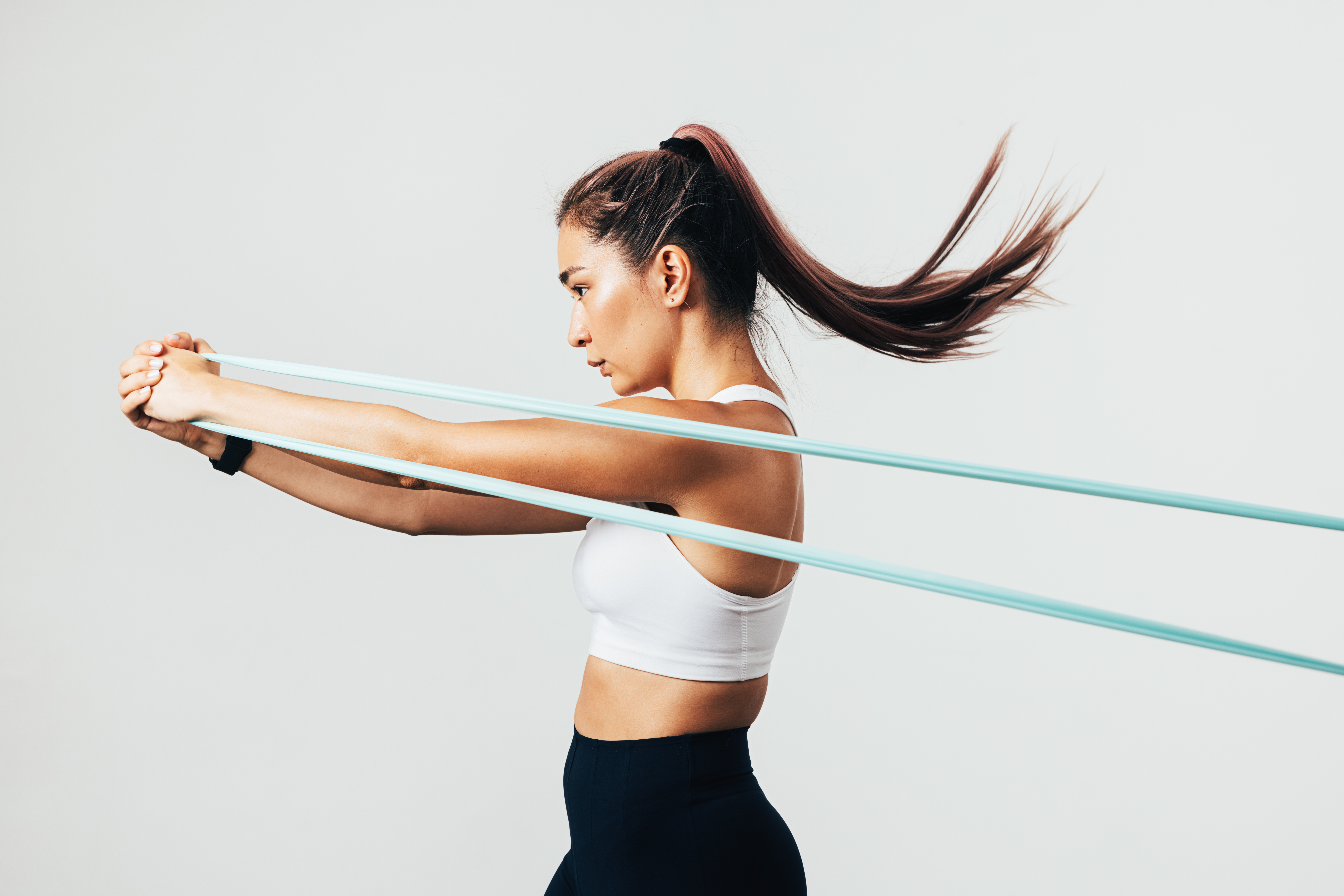
Resistance training is a cornerstone of maintaining strength and muscle mass as we age. After 50, muscle loss accelerates, potentially leading to decreased mobility and increased risk of falls. Incorporating resistance training into your routine can counteract these effects, preserving muscle strength and enhancing bone density. This doesn't mean you need to lift heavy weights; even bodyweight exercises like squats, lunges, and push-ups can be highly effective. Consistency is key. Aim for at least two to three sessions per week, focusing on all major muscle groups. Resistance training not only strengthens muscles but also improves metabolic health, reduces the risk of chronic diseases, and boosts mental well-being. By committing to this habit, you're investing in a stronger, healthier future.
2. Flexibility and Balance: The Unsung Heroes
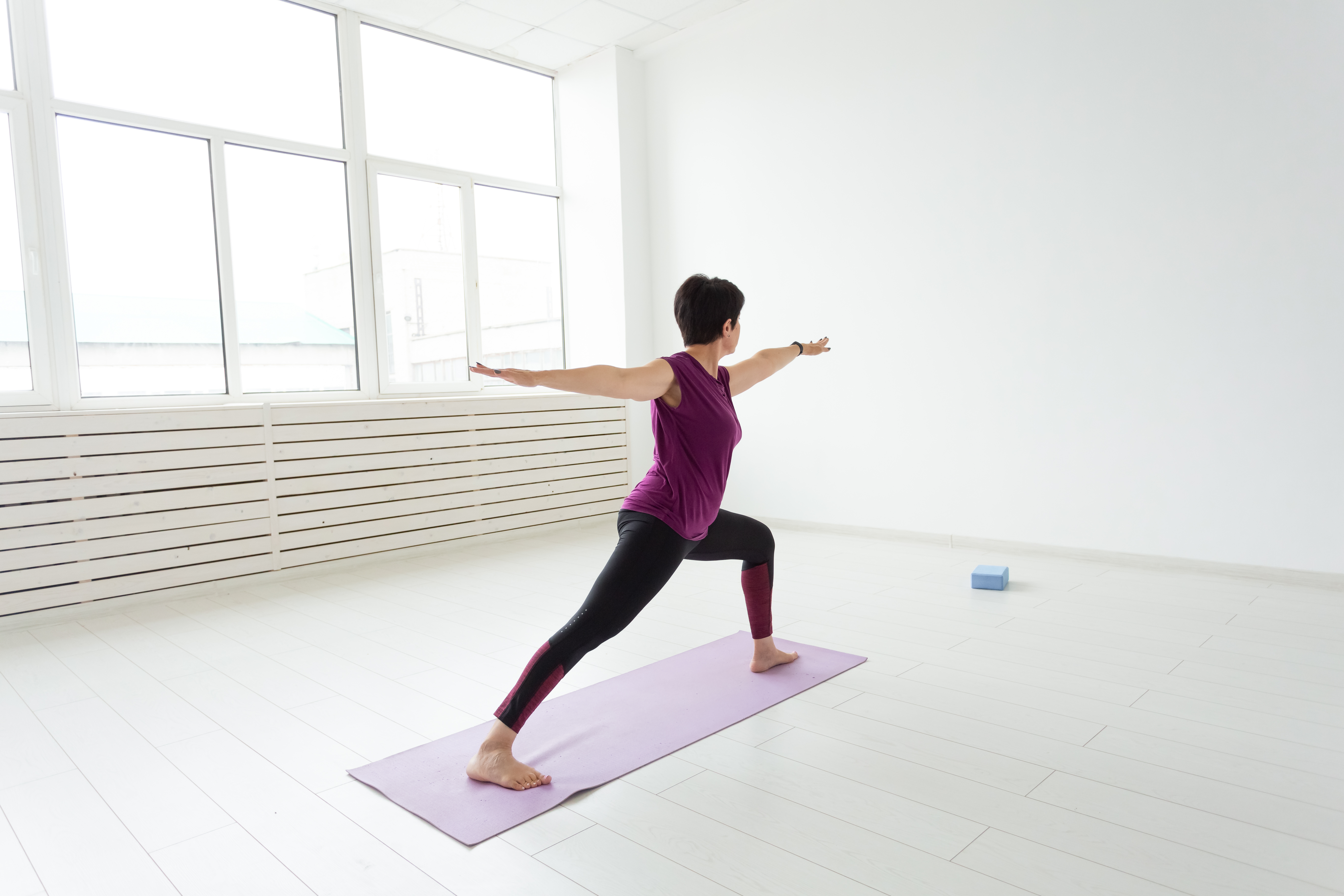
While strength is crucial, flexibility and balance are equally important in the aging process. As we age, our muscles and joints naturally become less pliable, increasing the risk of injury. Incorporating activities like yoga or tai chi can significantly enhance flexibility and balance, reducing the likelihood of falls and improving coordination. These practices also offer mental health benefits, such as stress reduction and improved focus. Flexibility exercises should be performed regularly, ideally every day, to maintain joint health and prevent stiffness. Balance exercises, such as standing on one leg or heel-to-toe walking, can be easily integrated into daily routines. By prioritizing flexibility and balance, you create a foundation for a more agile and resilient body.
3. The Role of Nutrition in Strength Maintenance
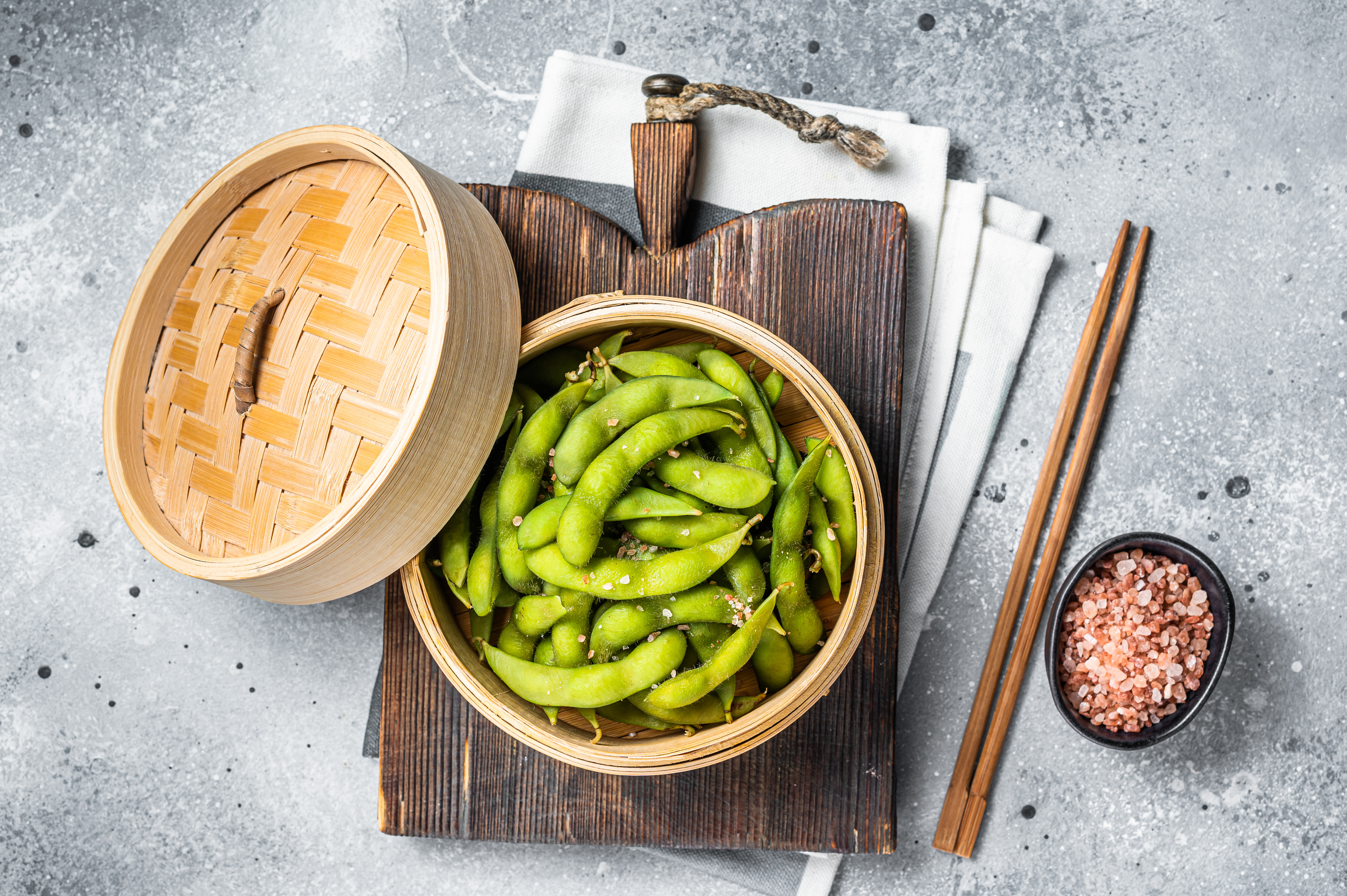
Nutrition plays a pivotal role in maintaining strength and vitality as we age. A balanced diet rich in protein, healthy fats, and essential nutrients supports muscle maintenance and overall health. Protein is particularly important for muscle repair and growth, and older adults often require higher protein intake to counteract muscle loss. Incorporate lean proteins like chicken, fish, beans, and legumes into your meals. Additionally, ensure you're getting enough calcium and vitamin D to support bone health. Hydration is also crucial, as dehydration can affect muscle function and cognitive performance. By adopting a nutrient-rich diet, you provide your body with the fuel it needs to thrive and maintain strength.
4. The Importance of Rest and Recovery
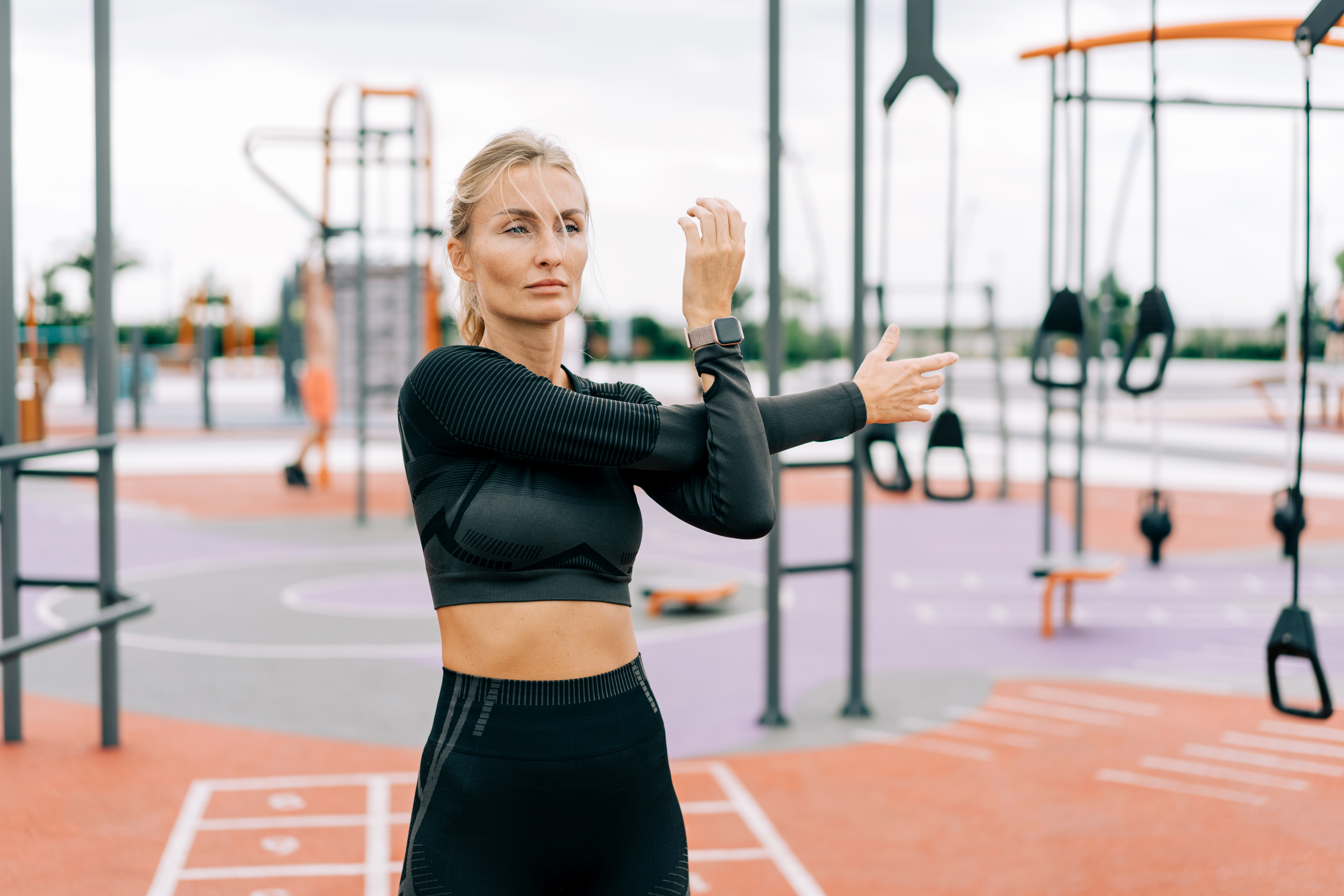
In the pursuit of strength and fitness, rest and recovery are often overlooked. However, they are essential components of any exercise regimen, especially as we age. During rest periods, the body repairs and strengthens itself, reducing the risk of injury and enhancing performance. Ensure you get adequate sleep each night, as this is when the body undergoes critical repair processes. Additionally, incorporate rest days into your exercise routine to allow muscles to recover. Techniques such as foam rolling, stretching, and massage can aid recovery and reduce muscle soreness. By prioritizing rest and recovery, you enhance your body's ability to build strength and maintain energy levels.
5. Mindful Movement: Enhancing Body Awareness
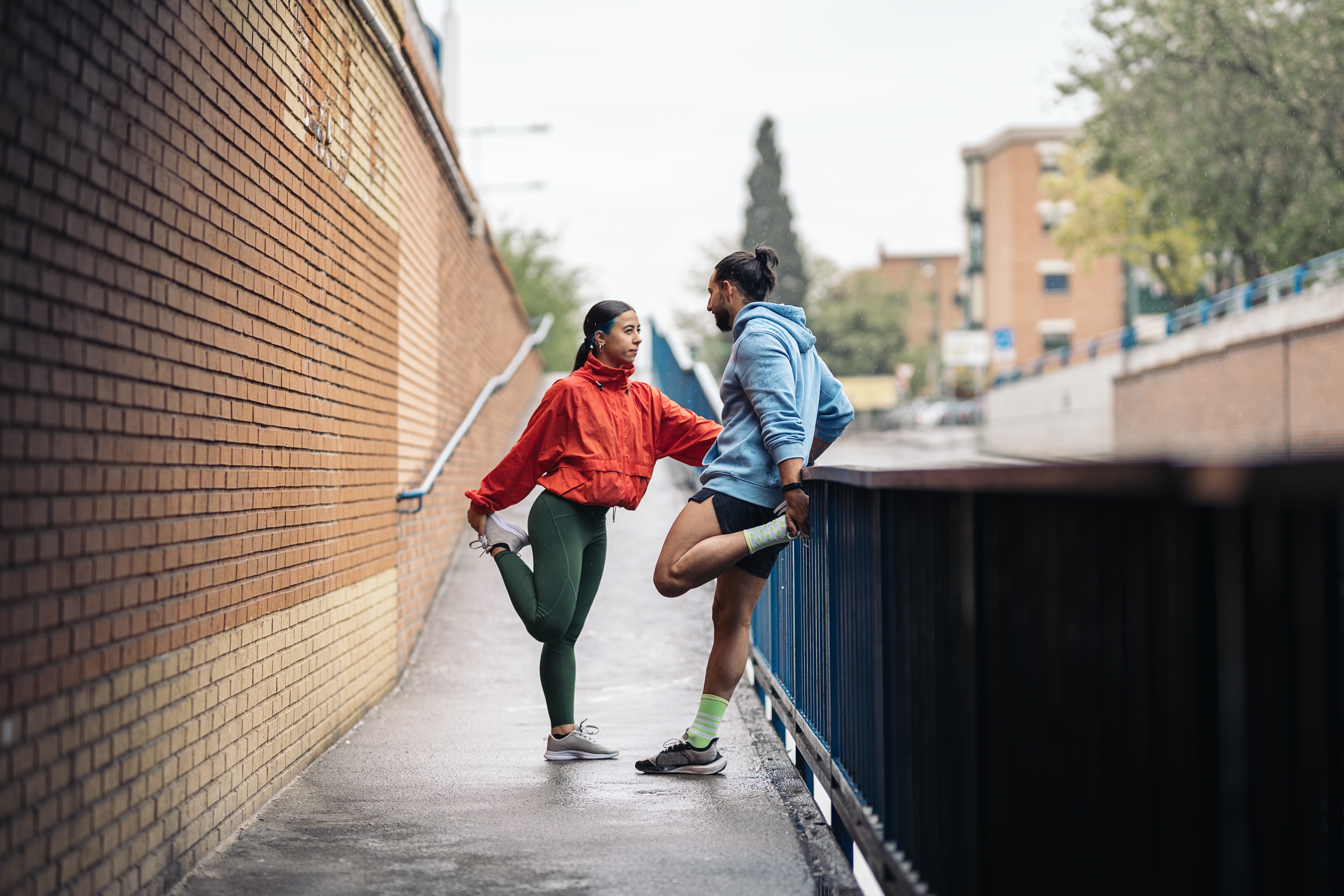
Mindful movement involves being fully present during physical activity, enhancing body awareness and improving movement quality. Practices such as Pilates or mindful walking encourage you to focus on alignment, breathing, and muscle engagement. This heightened awareness can lead to better form, reducing the risk of injury and maximizing the benefits of exercise. Mindful movement also fosters a deeper connection between mind and body, promoting relaxation and reducing stress. By integrating mindfulness into your physical activities, you cultivate a more intentional and effective approach to exercise, supporting both physical and mental health as you age.
6. Social Connections: Strength in Community
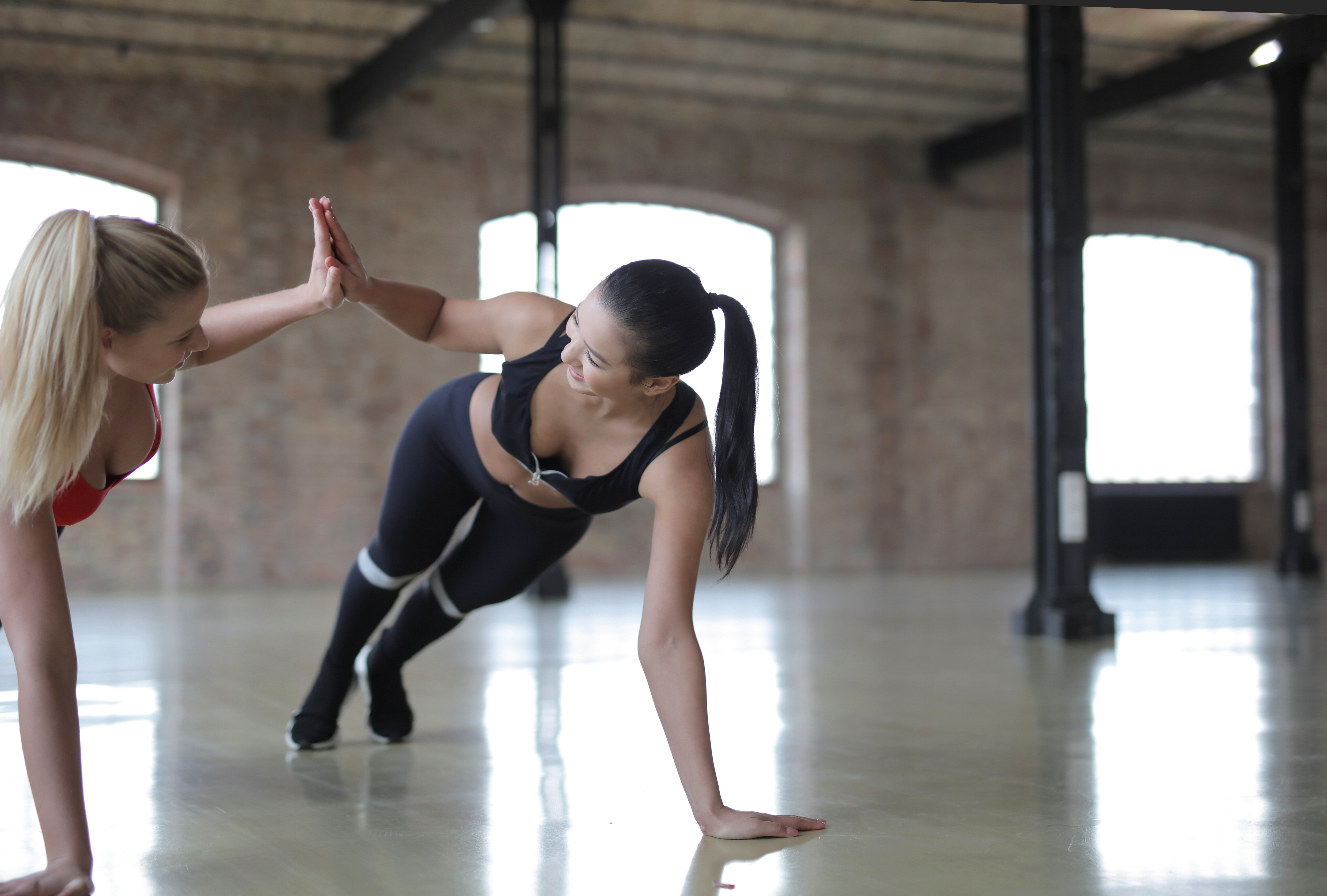
Human beings are inherently social creatures, and maintaining strong social connections is vital for mental and physical health, particularly as we age. Engaging in group activities, such as fitness classes or walking clubs, provides a sense of community and accountability. Social interactions can reduce feelings of loneliness and depression, which are common in older adults. Additionally, sharing experiences and challenges with others can motivate you to stay committed to your strength habits. Building a supportive network of friends and family enriches your life and provides emotional resilience, contributing to graceful aging.
7. The Mind-Muscle Connection: Enhancing Strength Gains

The mind-muscle connection is a powerful tool for optimizing strength training. By consciously focusing on the muscle group you're working, you can improve muscle activation and enhance strength gains. This mental focus can lead to more effective workouts, as you're better able to control movements and engage muscles fully. Visualization techniques, such as imagining the muscle contracting, can further enhance this connection. The mind-muscle connection also promotes mindfulness, helping you stay present and engaged during exercise. By harnessing this connection, you can elevate your strength training routine and achieve better results.
8. Adaptability: Embracing Change and Challenges
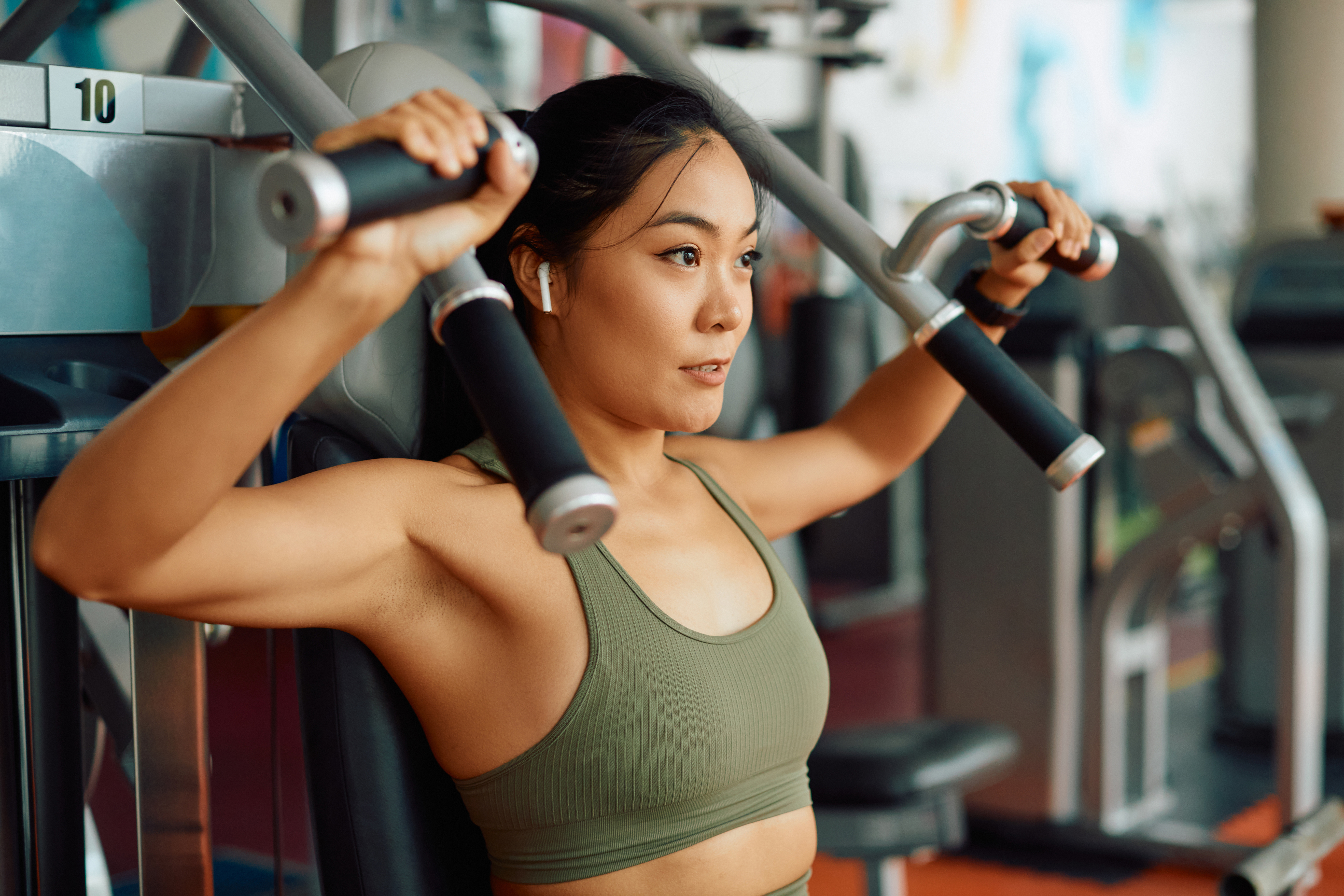
As we age, our bodies and circumstances change, requiring us to adapt our approach to fitness and strength. Embracing adaptability allows you to modify your exercise routine to suit your current abilities and goals. This might involve trying new activities, adjusting intensity levels, or incorporating different equipment. Adaptability also involves listening to your body and recognizing when to push harder or when to rest. By remaining open to change and willing to experiment with new strategies, you maintain a dynamic and effective approach to aging gracefully, ensuring continued progress and enjoyment.
9. The Psychological Benefits of Strength Training
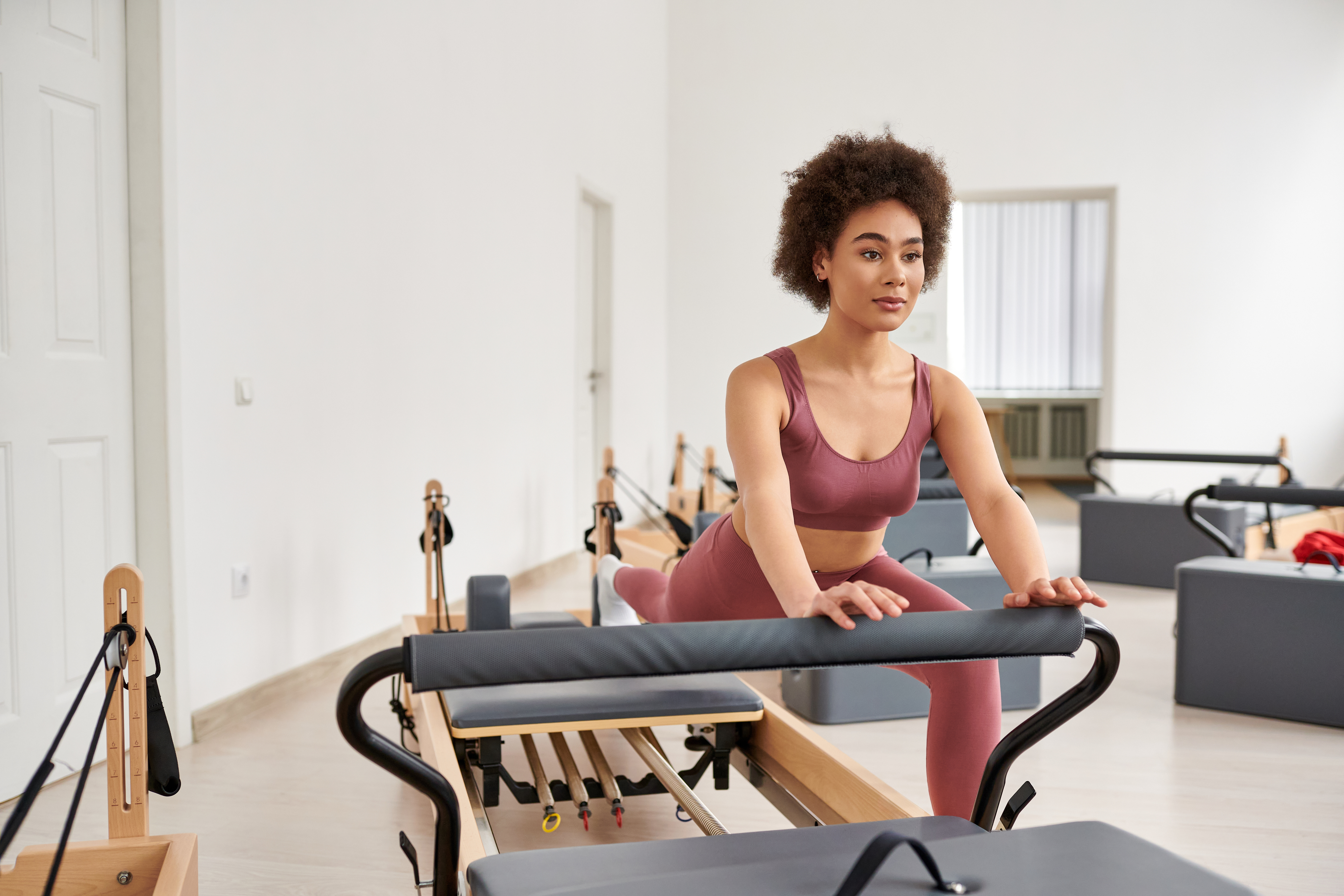
Strength training offers numerous psychological benefits that contribute to graceful aging. Regular exercise has been shown to reduce symptoms of anxiety and depression, improve mood, and enhance cognitive function. The sense of accomplishment from reaching fitness goals can boost self-esteem and confidence. Additionally, strength training provides a structured routine, offering a sense of purpose and motivation. Engaging in physical activity also promotes the release of endorphins, the body's natural mood elevators. By embracing strength training, you not only enhance your physical health but also nurture your mental well-being, creating a holistic approach to aging.
10. Setting Realistic Goals: The Path to Success

Setting realistic and achievable goals is crucial for maintaining motivation and progress in your strength journey. Goals provide direction and focus, helping you stay committed to your habits. Start by identifying specific, measurable, and time-bound objectives that align with your personal values and priorities. Break larger goals into smaller, manageable steps to prevent overwhelm and celebrate each milestone along the way. Regularly reassess and adjust your goals as needed, ensuring they remain relevant and challenging. By setting and pursuing realistic goals, you create a roadmap for success, empowering you to age gracefully and confidently.
11. The Role of Technology in Supporting Strength Habits

In today's digital age, technology can be a valuable ally in maintaining strength and fitness. Wearable devices, fitness apps, and online platforms offer tools for tracking progress, accessing workouts, and connecting with virtual communities. These resources provide convenience, flexibility, and personalized guidance, making it easier to integrate strength habits into your daily life. Technology also allows for remote access to expert advice, enabling you to learn new techniques and stay informed on the latest fitness trends. By leveraging technology, you can enhance your strength habits and stay engaged in your journey to age gracefully.
12. Power Walking with Intervals

Power walking is a low-impact yet effective way to improve cardiovascular health and strengthen lower body muscles. Incorporating interval training—alternating between periods of brisk walking and slower paces—can further enhance its benefits. This method increases calorie burn, improves endurance, and challenges the heart and lungs. Power walking with intervals can be easily integrated into daily routines, whether outdoors or on a treadmill. It's a versatile and adaptable habit that supports both physical and mental well-being as you age.
13. Gardening and Yard Work
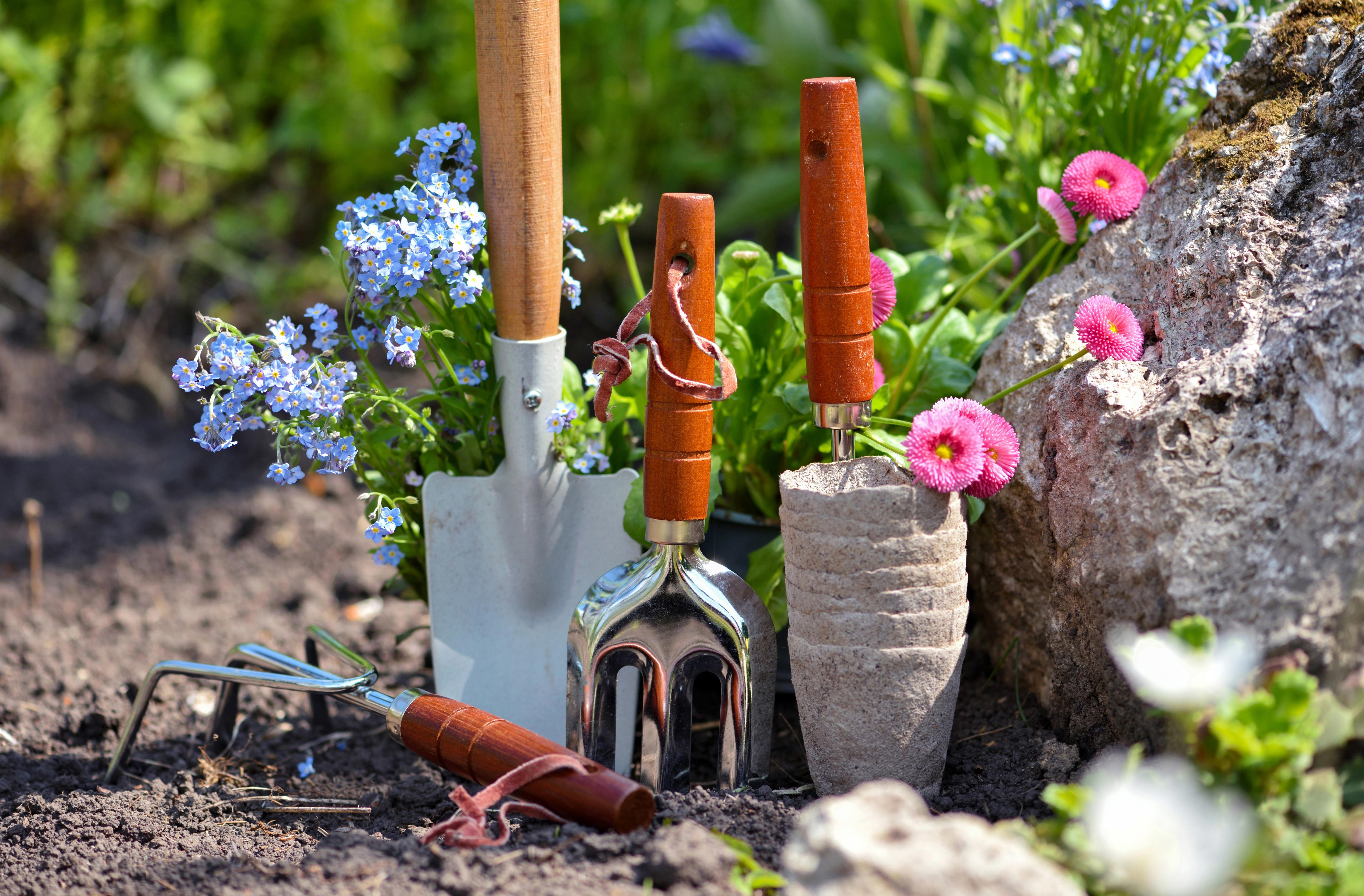
Don't underestimate the strength-building potential of gardening and yard work! Activities like digging, raking, and lifting pots engage various muscle groups, improving strength and flexibility. These tasks also offer a natural form of resistance training, as you work against the weight of the soil and tools. Beyond the physical benefits, gardening provides a sense of accomplishment and connection with nature, which can reduce stress and enhance mood. It's a practical and enjoyable way to stay active and maintain strength.
14. Home Repair and DIY Projects

Home repair and DIY projects can be surprisingly effective for maintaining strength and mobility. Tasks like painting, carpentry, and plumbing require lifting, bending, and reaching, which can strengthen muscles and improve flexibility. These activities also offer a sense of purpose and accomplishment, boosting self-esteem. By tackling home improvement projects, you not only enhance your living space but also contribute to your physical well-being.
15. Carrying Groceries and Everyday Items

Instead of relying solely on carts and bags with wheels, challenge yourself to carry groceries and other everyday items. This simple act engages your core, arms, and legs, providing a functional form of strength training. Distribute the weight evenly to avoid injury, and gradually increase the weight as you get stronger. This habit integrates strength training into your daily routine, making it more convenient and sustainable.
16. Active Stretching Throughout the Day

Prolonged sitting can lead to stiffness and reduced mobility. Incorporate active stretching breaks throughout the day to counteract these effects. Simple stretches like shoulder rolls, leg swings, and torso twists can improve flexibility, circulation, and energy levels. Active stretching promotes joint health and reduces muscle tension, making it easier to move freely and maintain an active lifestyle.
17. Using Stairs Instead of Elevators

Choosing the stairs over the elevator is a simple yet powerful way to build lower body strength and improve cardiovascular fitness. Climbing stairs engages your leg muscles, particularly your quads and calves, and provides a challenging workout for your heart and lungs. This habit can be easily integrated into your daily routine, whether at home, work, or while running errands.
18. Dancing to Your Favorite Music

Dancing is a fun and effective way to improve cardiovascular health, coordination, and strength. It engages various muscle groups, improves balance, and boosts mood. Put on your favorite music and let loose! Dancing is a low-impact activity that can be adapted to different fitness levels, making it accessible and enjoyable for everyone.
19. Playing with Grandchildren or Pets

Engaging in active play with grandchildren or pets is a joyful way to stay strong and maintain vitality. Activities like chasing, lifting, and playing fetch provide a fun and engaging workout. This habit not only strengthens your body but also strengthens bonds with loved ones, promoting emotional well-being and a sense of purpose.
20. Water Aerobics or Swimming
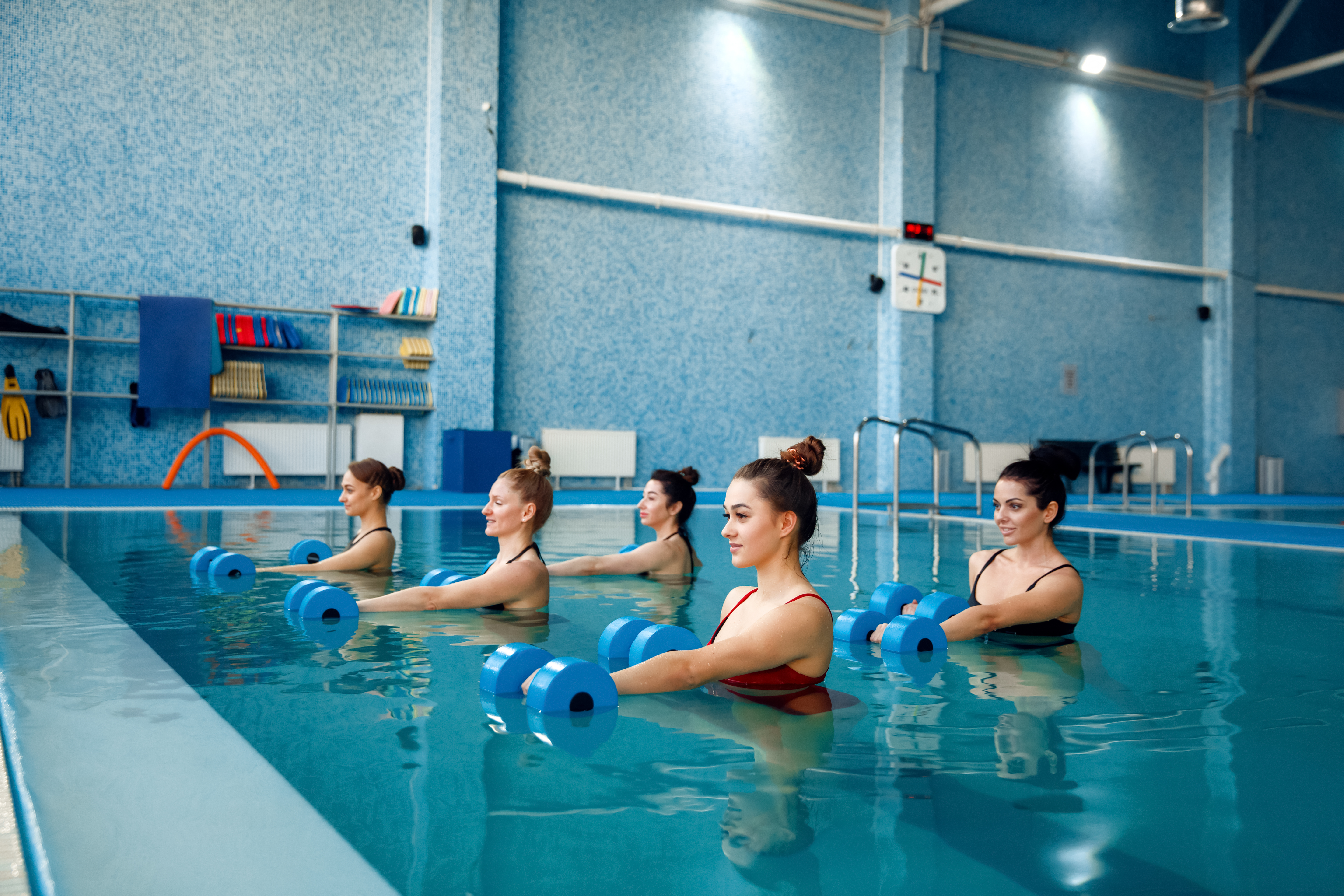
Water-based exercises like water aerobics and swimming are excellent for maintaining strength and flexibility while minimizing stress on joints. The buoyancy of water supports your body weight, making these activities ideal for individuals with arthritis or other joint conditions. Water exercises provide a full-body workout, improving cardiovascular health and muscle strength.
21. Strength Training for Posture
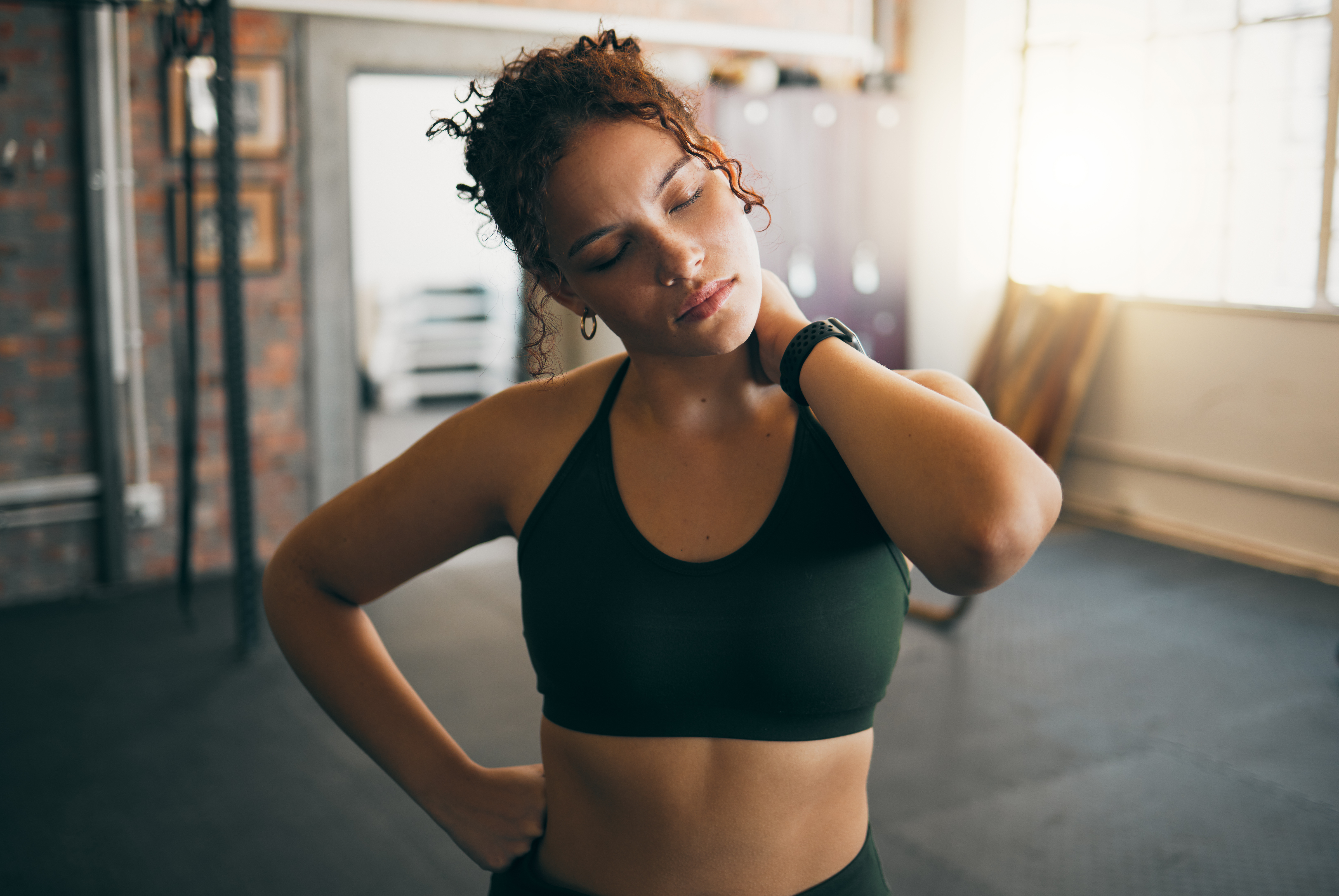
Maintaining good posture is crucial for preventing pain and maintaining mobility as you age. Incorporate strength training exercises that target the muscles responsible for posture, such as the back, shoulders, and core. Exercises like rows, planks, and shoulder presses can help improve posture, reduce the risk of back pain, and enhance overall appearance.
22. Isometric Holds: Small Moves, Big Strength
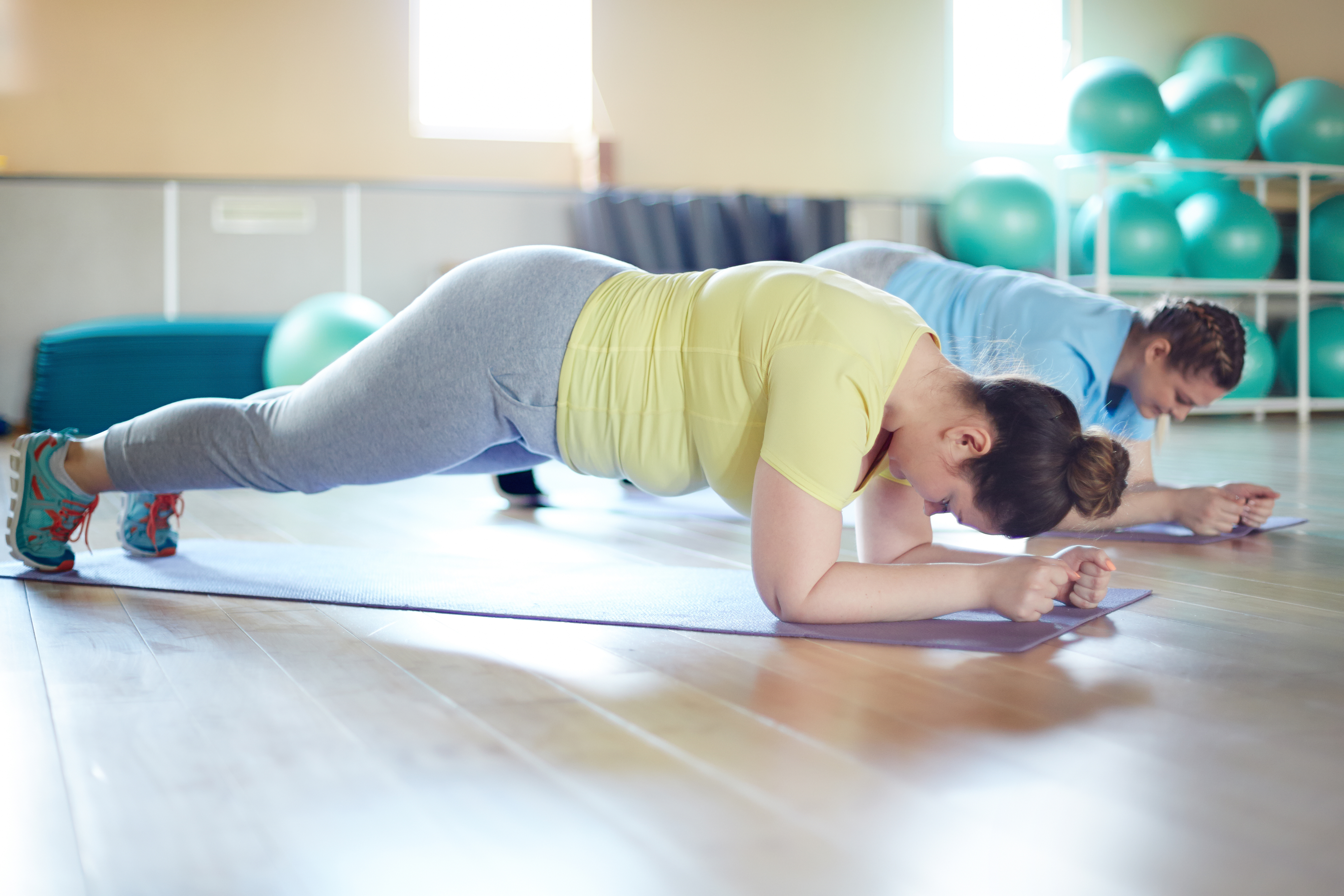
Isometric exercises involve holding a position under tension—like a wall sit or a plank—without moving. These static holds build strength, endurance, and stability by recruiting deep muscle fibers often overlooked in dynamic workouts. Isometrics are joint-friendly, require no equipment, and can be done almost anywhere. Hold each position for 20–60 seconds, focusing on core engagement and controlled breathing. It’s a quick, powerful way to maintain strength and support posture—perfect for busy days or when energy is low. Just a few minutes a day can make a visible difference in your muscle tone and control.
23. Grip Strength Matters More Than You Think
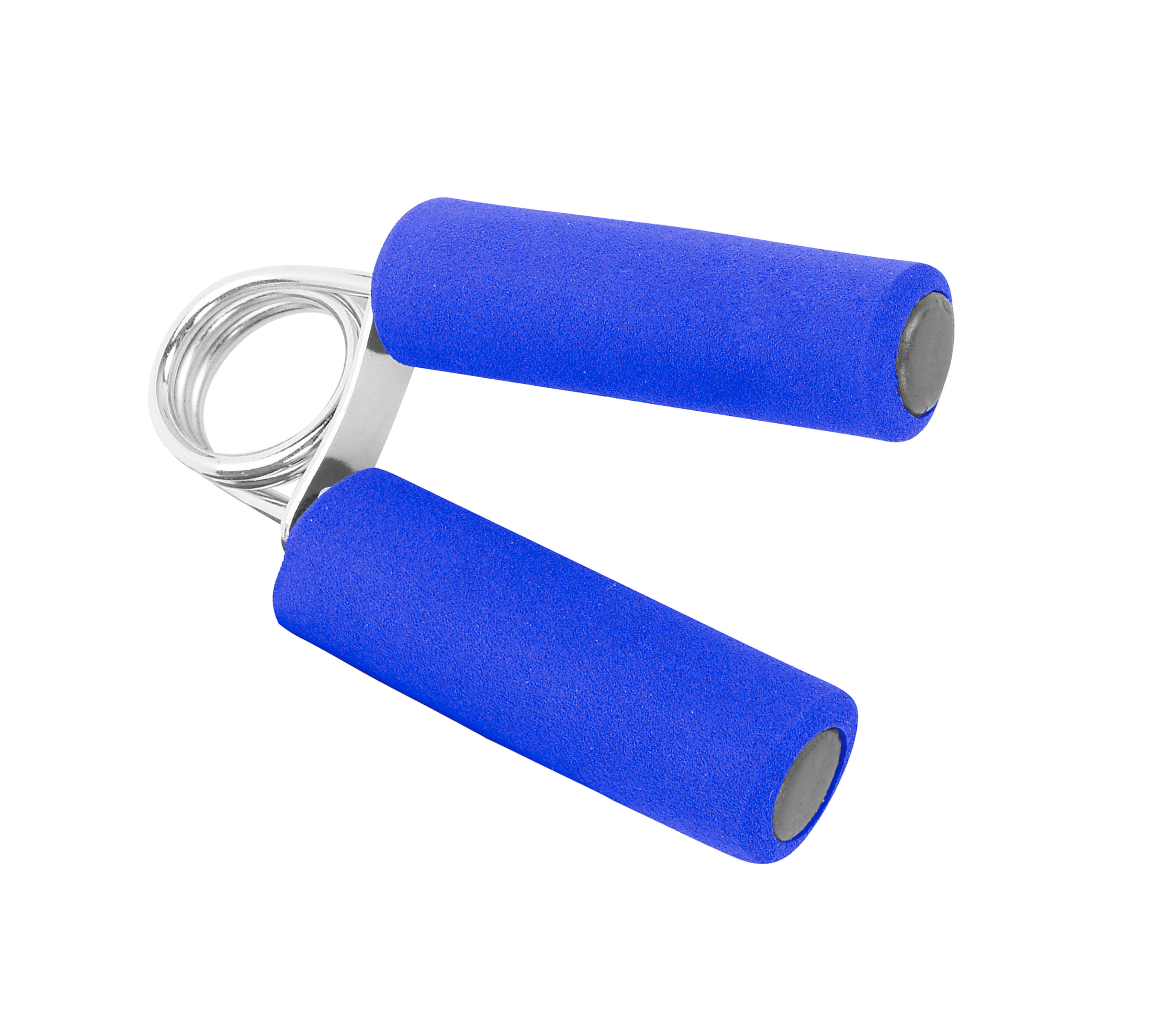
Grip strength isn’t just about handshakes—it’s a proven indicator of overall health and longevity. Strong hands support everything from opening jars to stabilizing yourself during a fall. Use stress balls, hand grippers, or even simple towel wringing to build strength in your hands and forearms. You can also carry heavy grocery bags or use free weights without straps to challenge your grip. The bonus? Improved grip enhances your performance in all other strength exercises. It’s a small habit with big returns—because strength starts in your hands and radiates through your life.
24. Eat Protein at Every Meal

Timing matters as much as quantity when it comes to protein. Instead of loading up all at once, aim to include 20–30 grams of protein with every meal to maximize muscle protein synthesis. This steady stream supports muscle repair and maintenance throughout the day. Think Greek yogurt at breakfast, legumes or fish at lunch, and lean meats or tofu at dinner. Sprinkle in snacks like nuts, boiled eggs, or protein shakes if needed. This habit fuels your muscles consistently, making every bite count toward a stronger, more resilient you—even on rest days.
25. Practice Daily Sit-to-Stands

Sit-to-stands mimic one of the most fundamental movements for aging well: getting up from a chair. Practicing this move daily (without using your hands) strengthens your quads, glutes, and core while improving balance and functional mobility. Start with 10 reps a day and work your way up. It’s low-impact, equipment-free, and surprisingly revealing—if this becomes hard, it’s a sign your lower body needs attention. Over time, this tiny habit builds serious strength and independence. Think of it as training for real life—because rising with ease is the ultimate flex after 50.
26. Morning Mobility Routines
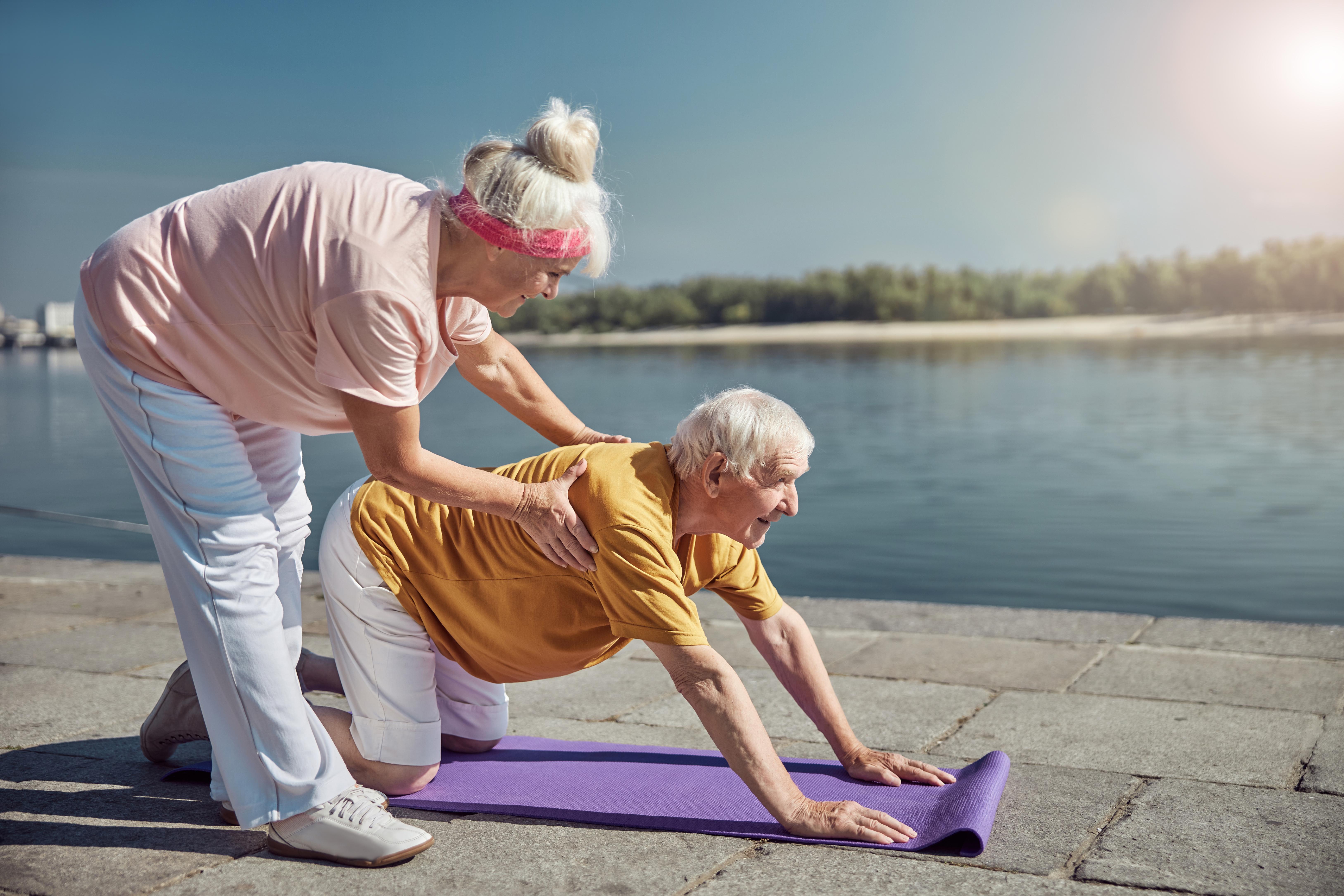
Stiff when you wake up? A 5–10-minute morning mobility routine can change everything. Gentle, full-body movements like cat-cow stretches, hip circles, and neck rolls help lubricate joints, activate muscles, and improve circulation before the day begins. This habit reduces injury risk, improves range of motion, and sets the tone for a stronger, more energetic day. No equipment needed—just a mat and a little intention. Morning mobility isn’t a workout—it’s a wake-up call for your body, helping you move better and feel better all day long.
27. Incorporate Mini-Balance Challenges While Brushing Teeth
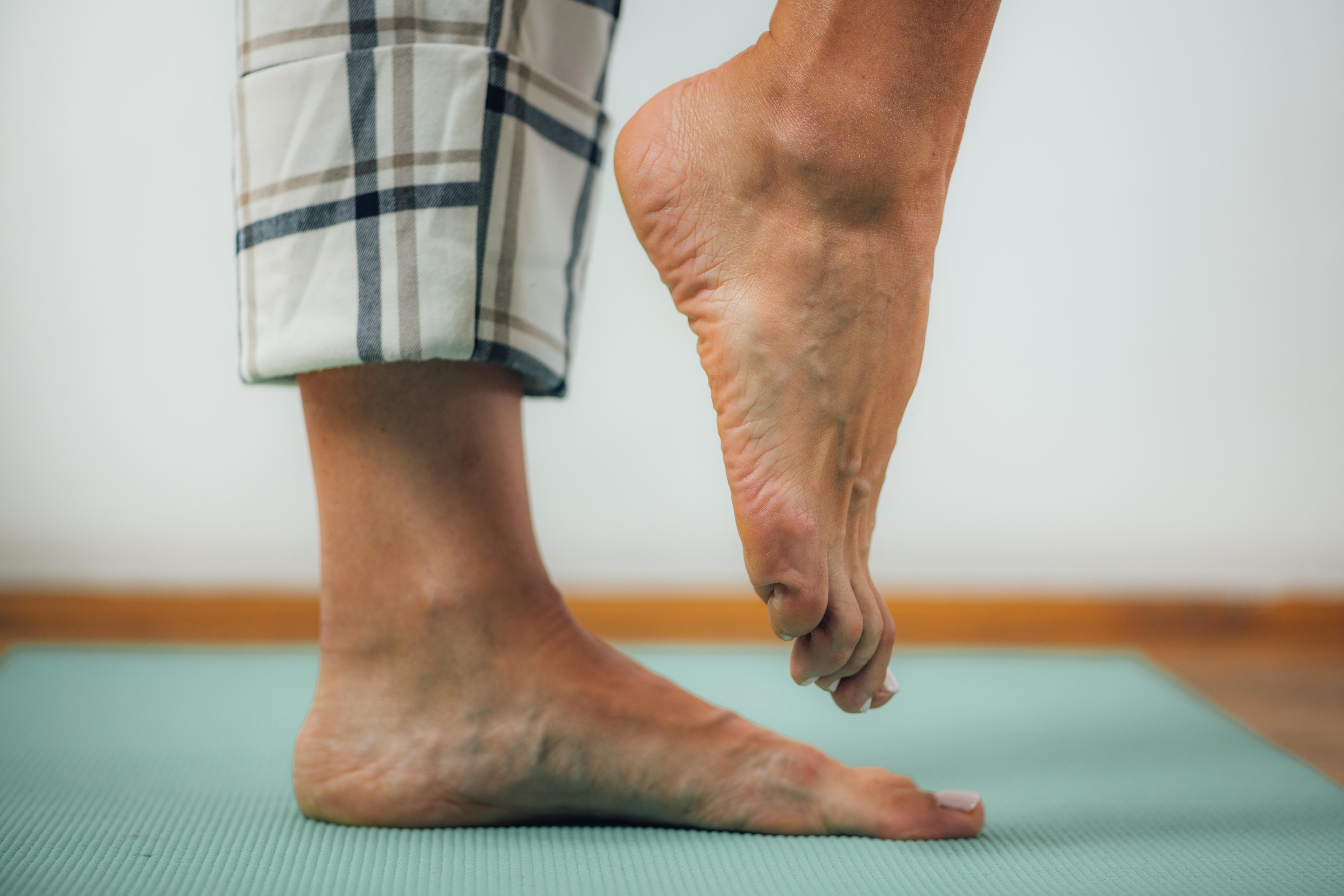
Don’t underestimate the power of balance in preserving strength and preventing injury after 50. An easy way to train it daily? Stand on one leg while brushing your teeth. Switch legs halfway through. This micro-habit engages your core, ankles, and glutes while strengthening the stabilizing muscles that protect you from falls. To level up, try closing your eyes or standing on a folded towel. These subtle challenges improve proprioception—the body’s ability to sense position—which naturally declines with age. Two minutes, twice a day, and you’re building strength from the ground up, right there at the bathroom sink.
28. Do Wall Push-Ups While Waiting on the Microwave
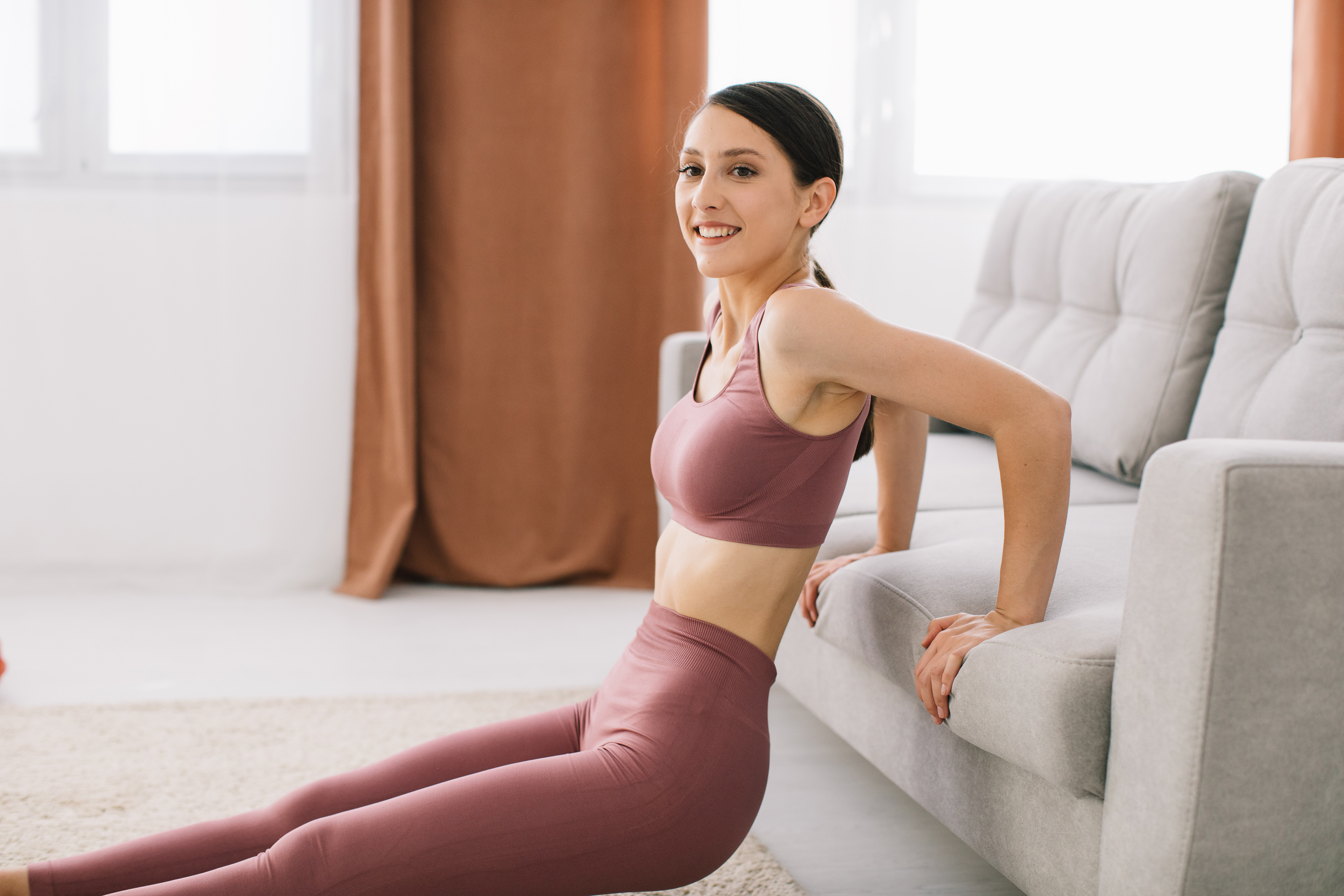
Waiting for your coffee to reheat? That’s 60 seconds of unused training time. Turn it into a strength habit by doing wall push-ups. Place your palms against the wall, lean in, and press out—engaging your chest, shoulders, arms, and core. It’s joint-friendly, easy to modify, and surprisingly effective when done regularly. Add reps over time or decrease hand height to increase difficulty. This everyday movement reinforces upper-body strength and keeps your muscles engaged, even during “dead” minutes. No equipment, no schedule change—just smart use of everyday moments for strength that lasts.
29. Practice Heel Raises at the Kitchen Counter

Calf strength is key for ankle stability, walking endurance, and overall balance—but it’s often overlooked. While doing dishes or waiting for the kettle to boil, perform slow, controlled heel raises: lift your heels, pause at the top, then lower slowly. This builds lower-leg strength, improves circulation, and keeps tendons resilient. For added challenge, try single-leg versions or hold onto a countertop with minimal support. Daily heel raises help prevent foot fatigue, reduce fall risk, and make stairs feel easier. It's a habit so simple you'll barely notice—until you realize you're walking taller and steadier.
30. Schedule “Strength Snacks” Throughout the Day
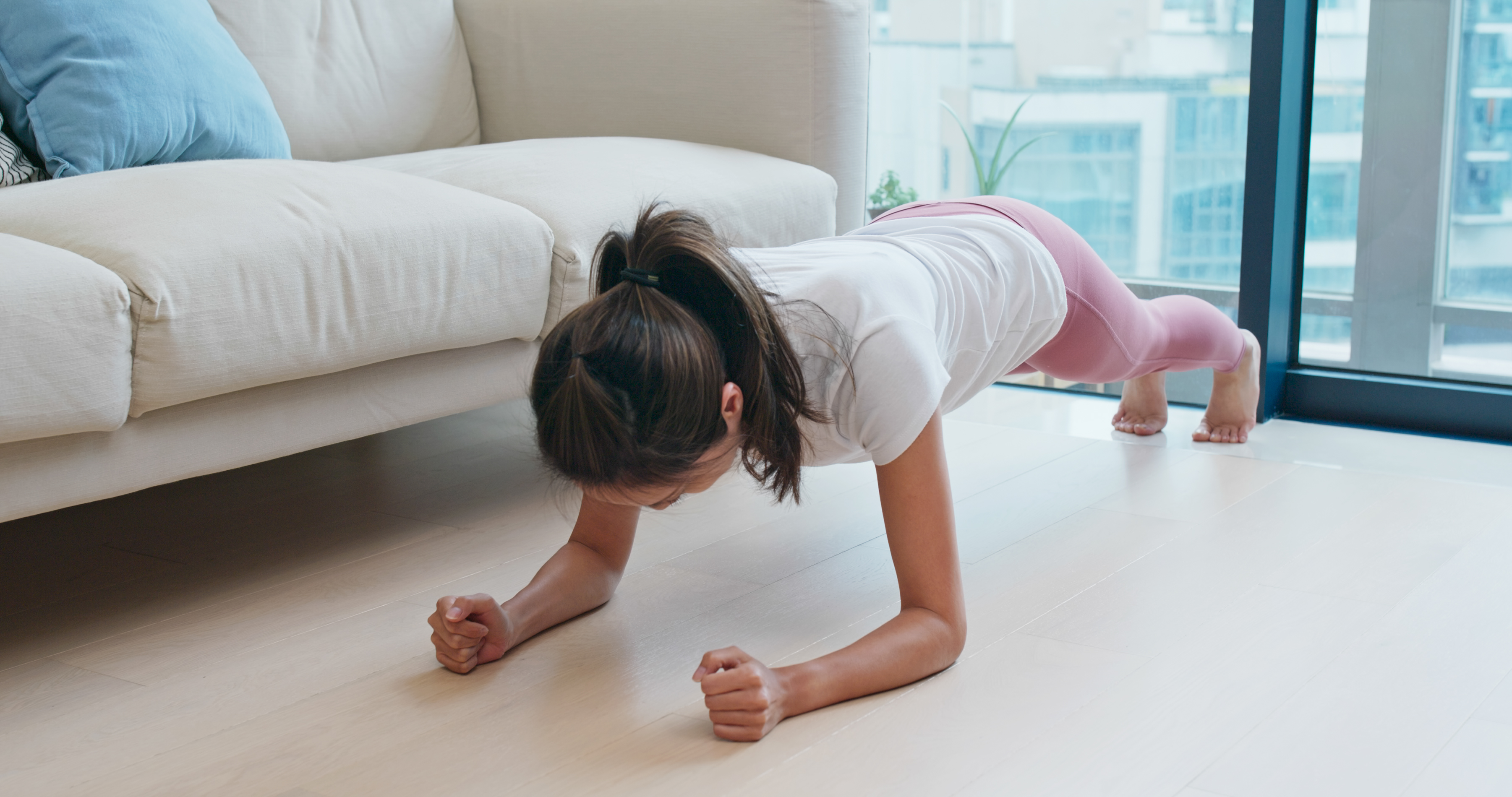
Instead of carving out one long workout, sprinkle 5-minute “strength snacks” into your day. Think 10 air squats after lunch, a 30-second plank mid-morning, or tricep dips on a sturdy chair before dinner. These mini sessions reduce sedentary time, boost circulation, and add up to meaningful strength gains over the week. They’re especially helpful on busy days when structured workouts feel daunting. Strength snacks are flexible, effective, and reinforce movement as part of your routine—not something separate from life. The goal isn’t to sweat—it’s to stay strong, consistently and creatively.
31. Keep a Strength Habit Journal

What gets tracked, gets strengthened. A simple strength habit journal—just a notebook or notes app—can be a powerful motivator. Jot down your daily movements, meals with protein, or how many sit-to-stands you did. This builds awareness, reinforces discipline, and creates a visible log of your progress. Over time, the act of recording becomes a ritual—reminding you that your effort matters, even when results feel slow. Reviewing your journal can reveal patterns, spark momentum, and celebrate how far you’ve come. Aging with strength isn’t just physical—it’s mental. And this tiny tool keeps you anchored to your goals, day by day.
32. Train with Resistance Bands for Joint-Friendly Strength
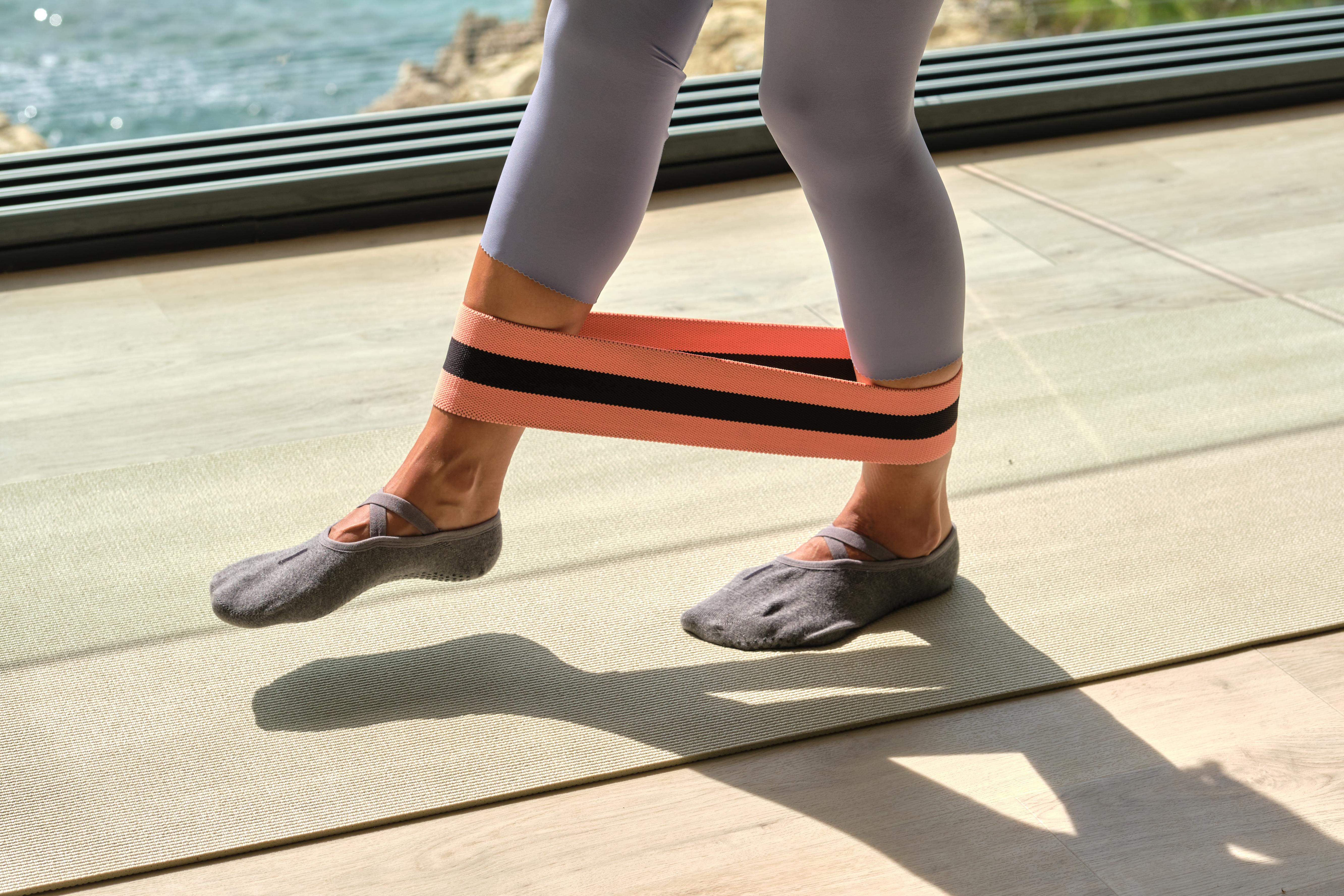
Resistance bands are one of the most underrated tools for aging well. They provide controlled tension that strengthens muscles without putting excess strain on your joints—a perfect fit for bodies over 50. Whether you’re doing bicep curls, leg extensions, or shoulder presses, bands help maintain and build muscle in a low-impact way. They’re portable, inexpensive, and allow you to train through a full range of motion, which supports both strength and flexibility. Keep one in your living room or suitcase, and turn downtime into training time. It’s strength made simple—anywhere, anytime.
33. Do Floor Work to Stay Floor-Confident
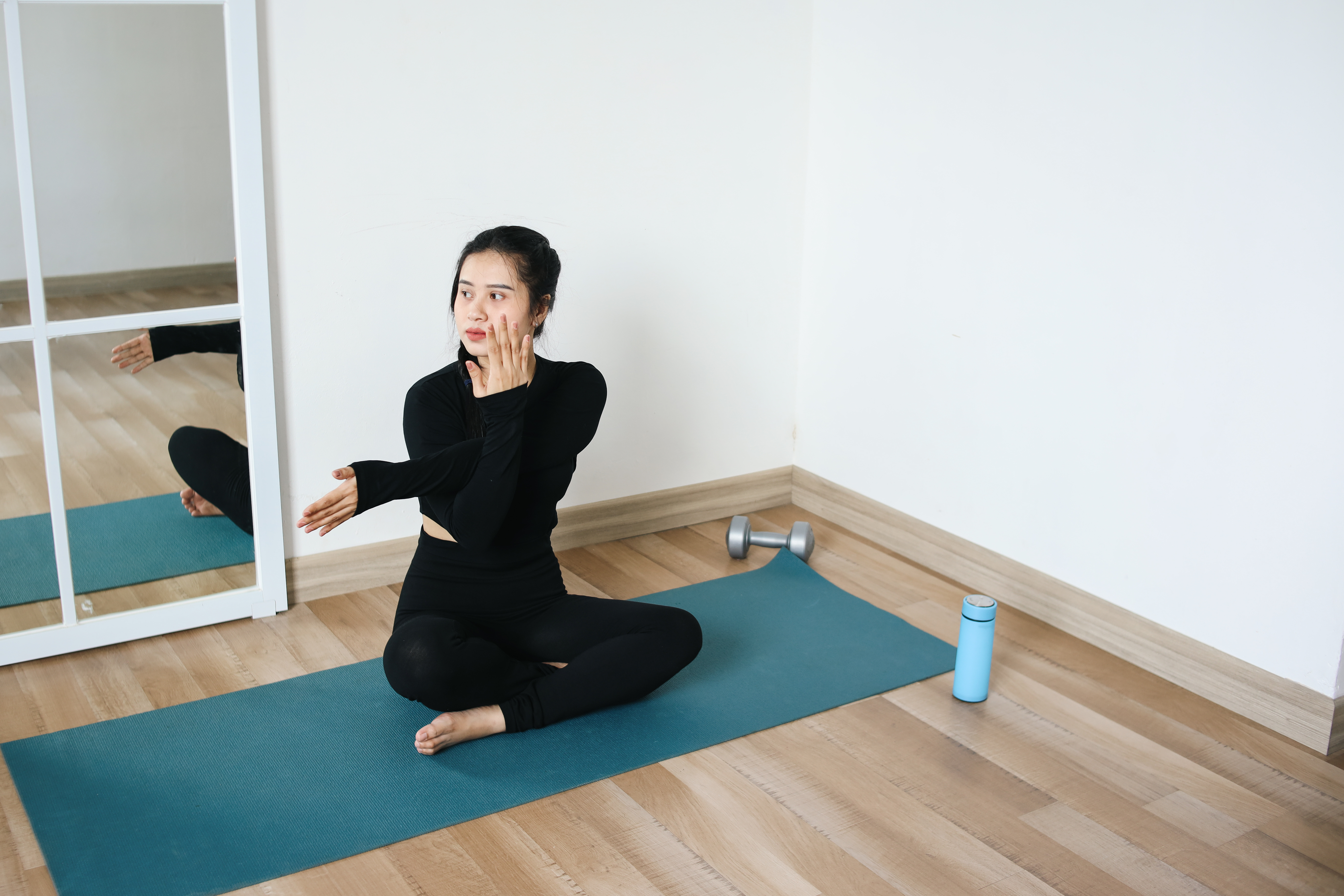
One overlooked sign of strength is how easily you can get down to—and up from—the floor. Practicing simple floor movements like seated stretches, crawling, or getting up without your hands builds full-body strength and confidence. It’s functional training that matters: think of playing with grandkids, reaching for items, or getting back up after a fall. The more you practice, the less intimidating the floor becomes. Start with five minutes a day. It’s not about perfection—it’s about staying connected to movement that keeps you grounded, mobile, and independent.
34. Try Static Lunges to Strengthen Legs and Stabilizers

As we age, dynamic stability becomes key to avoiding falls and injuries. Enter the static lunge: a no-equipment move that works your quads, hamstrings, glutes, and—most importantly—your stabilizing muscles. Unlike walking lunges, this version keeps one foot forward and one back, allowing you to focus on form and balance. Hold onto a chair or wall if needed. Aim for 8–10 reps per leg, building up to longer holds. It strengthens your stride, steadies your step, and boosts overall lower-body resilience—no gym required.
35. Practice Controlled Breathing During Strength Moves
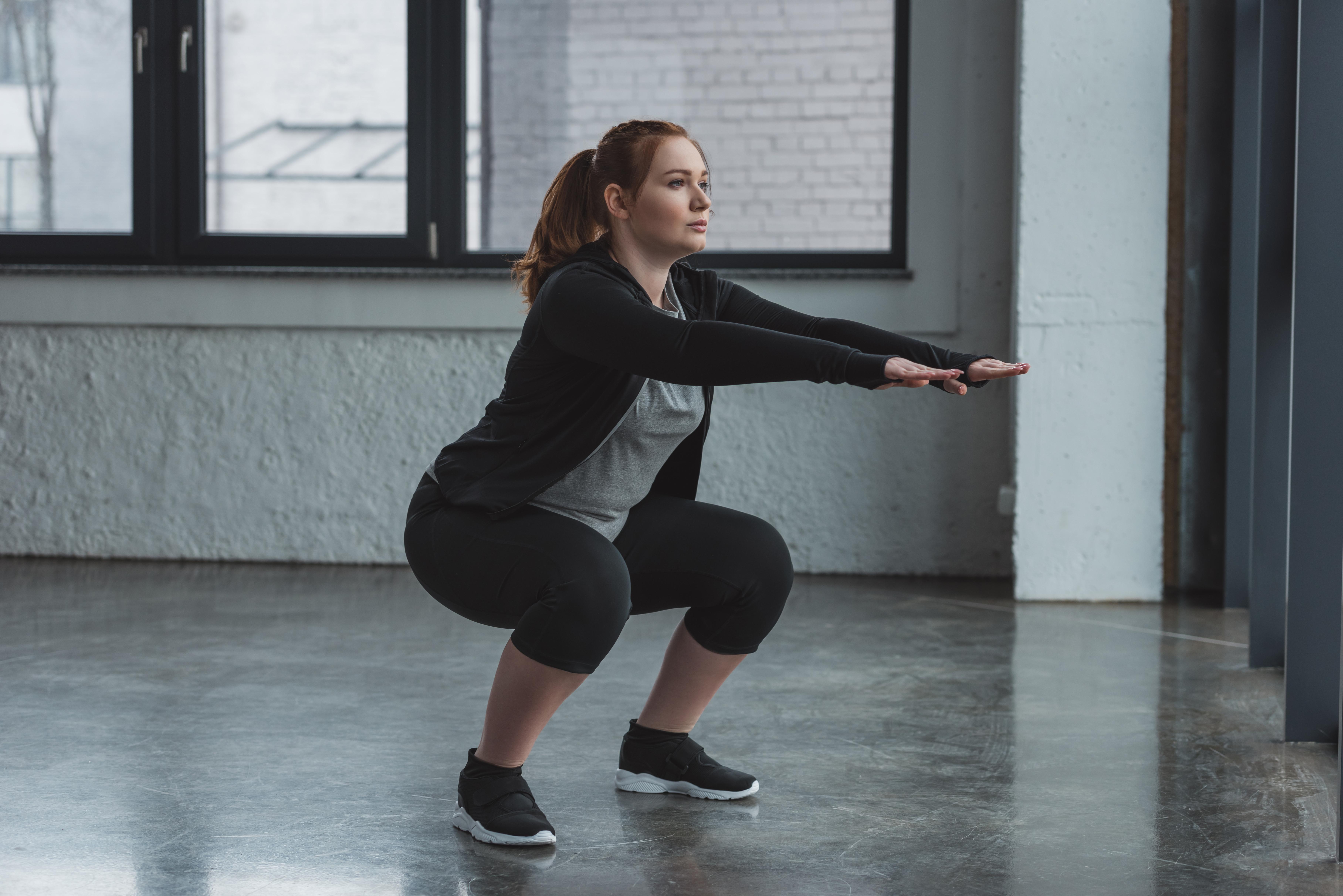
Your breath is more than oxygen—it’s a tool for power and control. Practicing exhalation during exertion (like pushing up in a squat or pressing during a push-up) enhances core engagement and prevents unnecessary strain, especially on your blood pressure. Deep, rhythmic breathing also improves focus and helps activate your parasympathetic nervous system—reducing stress and increasing stamina. The next time you lift, tune into your breath as much as your muscles. Breath work isn’t fluff—it’s a strength habit that literally powers every rep you do.
36. End the Day with Gentle Strength-Focused Mobility

Wind down your evening with a mobility session that blends strength and stretch. Think bodyweight squats, glute bridges, shoulder rolls, or hip openers—all done slowly, with control. This calms the nervous system, reduces stiffness, and reinforces movement patterns while you're still warm. It’s a chance to check in with your body and set yourself up for better sleep and stronger recovery. Just 10 minutes before bed can be a game-changer—helping you wake up more mobile, aligned, and ready to move again tomorrow.
37. Practice Offset Carrying for Core and Balance
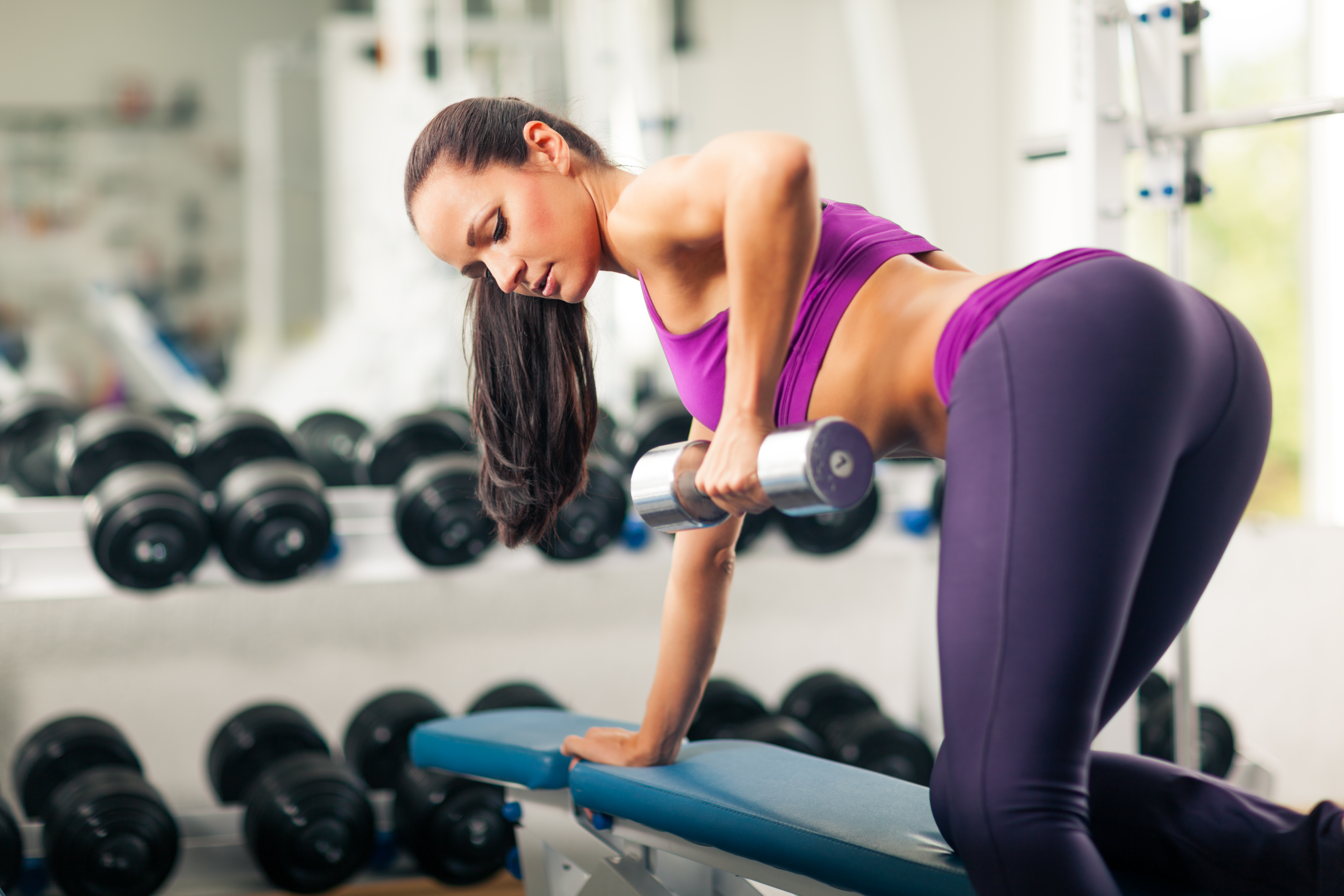
Instead of carrying equal weight in both hands, try offset carrying—holding a single bag, dumbbell, or grocery tote on one side of your body. This challenges your core stabilizers, grip, and posture far more than symmetrical loads. The body works to stay upright, engaging obliques, hips, and shoulders to counterbalance the weight. You can do this while walking around the house or during errands. Start with light weight and short distances, switching sides to stay balanced. This simple tweak strengthens real-world function—helping you carry awkward loads more safely while boosting total-body stability.
38. Practice the “Get-Up” Once a Day

The ability to rise from the floor without assistance is one of the strongest predictors of longevity. Practice this daily using a Turkish get-up or a simplified version: move from lying down to standing using minimal hand support. It engages your entire body—core, legs, shoulders—and builds coordination, flexibility, and confidence. If needed, start near a chair or wall for support. This full-body move is less about intensity and more about preserving independence. Just one a day can reinforce mobility that matters most—getting up, staying up, and owning your movement at every age.
39. Perform Wall Angels for Postural Strength

Wall angels are a gentle but powerful way to strengthen your postural muscles—especially your upper back and shoulders, which tend to weaken with age and screen time. Stand with your back against a wall, arms bent at 90 degrees, and slowly raise and lower them like a snow angel while keeping contact with the wall. It’s tougher than it sounds and forces your body to engage muscles that stabilize the spine and improve shoulder mobility. Do 10 slow reps daily to counteract hunching, reduce shoulder pain, and restore upright strength.
40. Try Tempo Training for Better Muscle Control
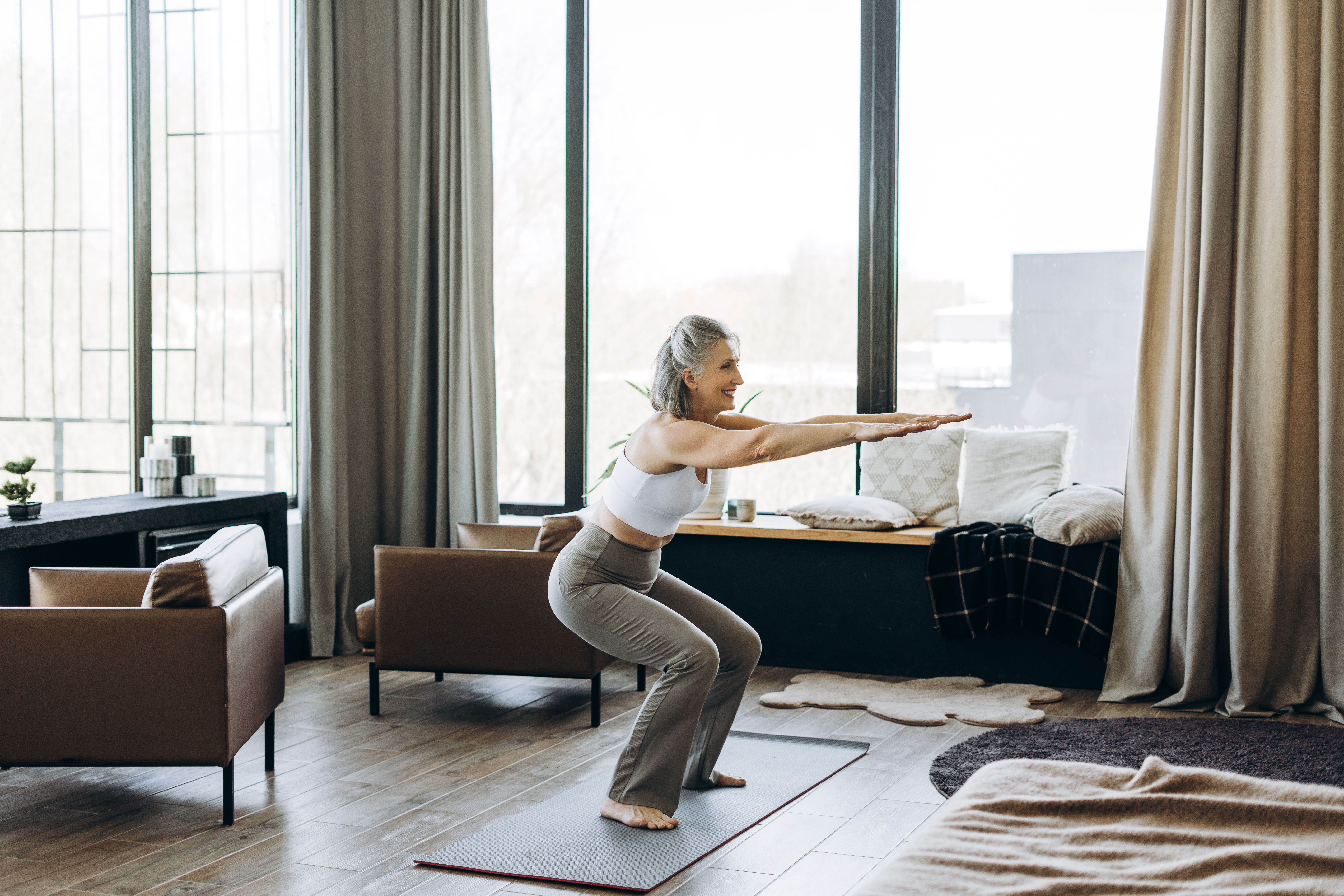
Slow down your reps. Tempo training—where you control the speed of each movement phase—builds muscle more effectively and safely than rushing. For example, lower for 3 seconds, pause for 1, then lift for 2. This increases time under tension, improves joint control, and prevents momentum from doing the work. Try it with squats, push-ups, or resistance band exercises. It’s especially beneficial for older adults looking to build strength without stress. Fewer reps, better results—and a deeper mind-muscle connection that lasts.
41. Use a Slant Board or Step to Strengthen Ankles
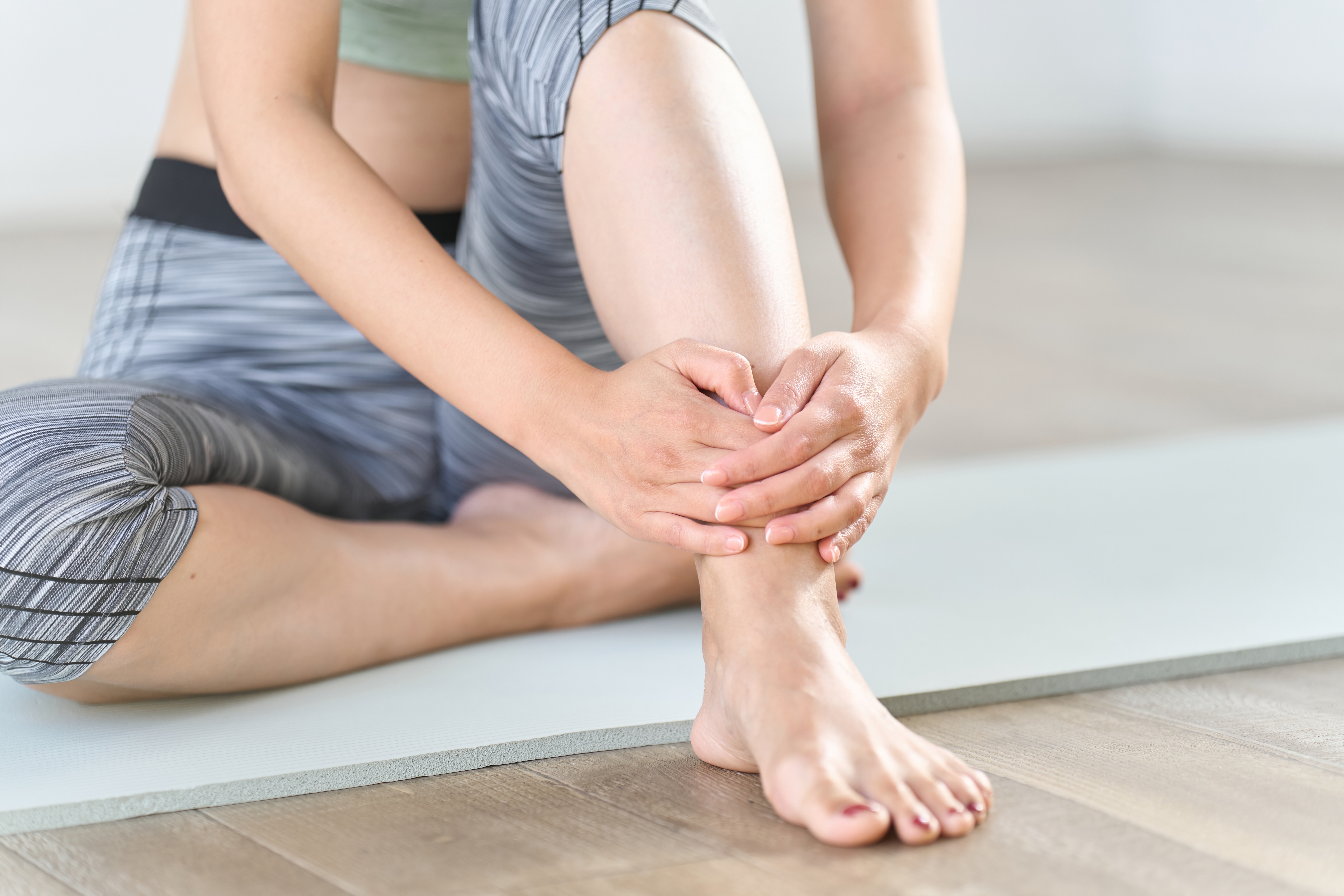
Ankles are often ignored until they become a problem—but strong, mobile ankles are key to balance, walking power, and injury prevention. A simple slant board or sturdy step can help you stretch tight calves and strengthen ankle mobility. Stand with toes elevated and heels on the floor, holding the position to release tension. You can also do slow heel drops off a step to build strength and control. Better ankles mean better agility, reduced fall risk, and a more confident stride—one simple angle at a time.
42. Add Farmer’s Carries to Your Weekly Routine

Few exercises train real-world strength like the humble farmer’s carry. Just grab two weights—dumbbells, grocery bags, or even water jugs—and walk slowly in a straight line while maintaining perfect posture. This full-body move strengthens your grip, shoulders, core, and legs while improving endurance and stability. Keep your shoulders back, chest lifted, and abs tight. It mimics everyday actions like carrying luggage or groceries, making it one of the most functional habits you can adopt. Start with short walks and moderate weight, then progress. It’s simple, efficient, and builds the kind of strength you’ll use every single day.
43. Do Stair Descents for Eccentric Strength
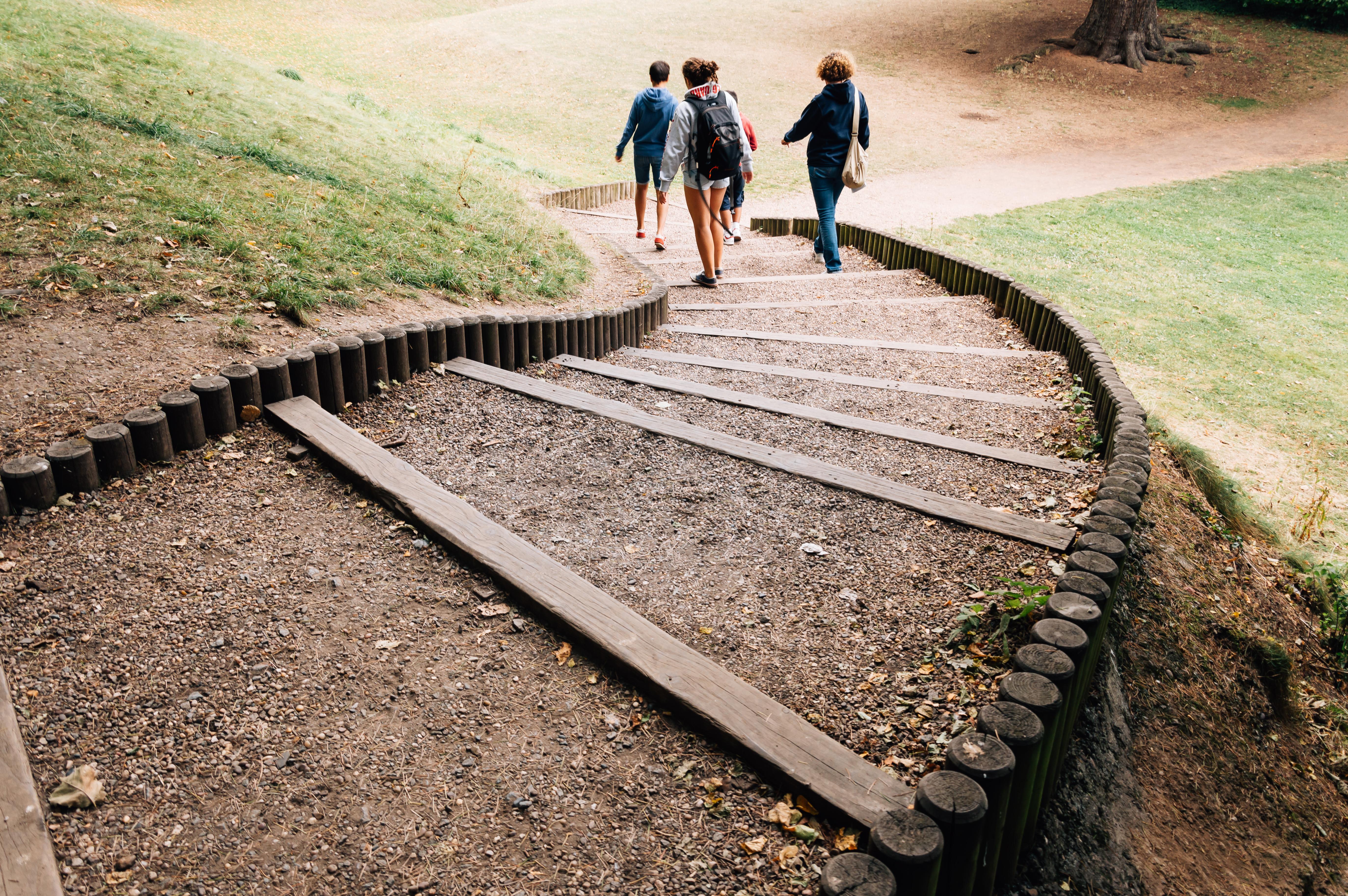
Going downstairs slowly—rather than just climbing up—builds eccentric muscle strength, especially in your quads and knees. Eccentric movement controls the “lowering” phase, which is vital for preventing falls and preserving joint health. Practice walking down stairs deliberately, lowering one foot at a time with full control, using a railing if needed. You’ll feel your legs working harder than expected. This habit builds stability, improves joint resilience, and reinforces confidence in everyday mobility. Just a few controlled descents a day can strengthen the muscles that keep you steady—on stairs and beyond.
44. Sit on the Floor for 10 Minutes a Day

Modern furniture makes us avoid the floor—but getting comfortable sitting on the floor daily builds hip mobility, core strength, and leg flexibility. Try cross-legged, kneeling, or “90-90” positions, and shift around naturally. Getting up and down from the floor without support becomes easier over time and builds practical strength. It also signals to your body that mobility matters. Pair it with reading, watching TV, or stretching, and it becomes a relaxing yet powerful habit. If it feels awkward at first, that’s a sign it’s needed. Floor time now means more freedom later.
45. Use a Light Medicine Ball for Dynamic Core Work
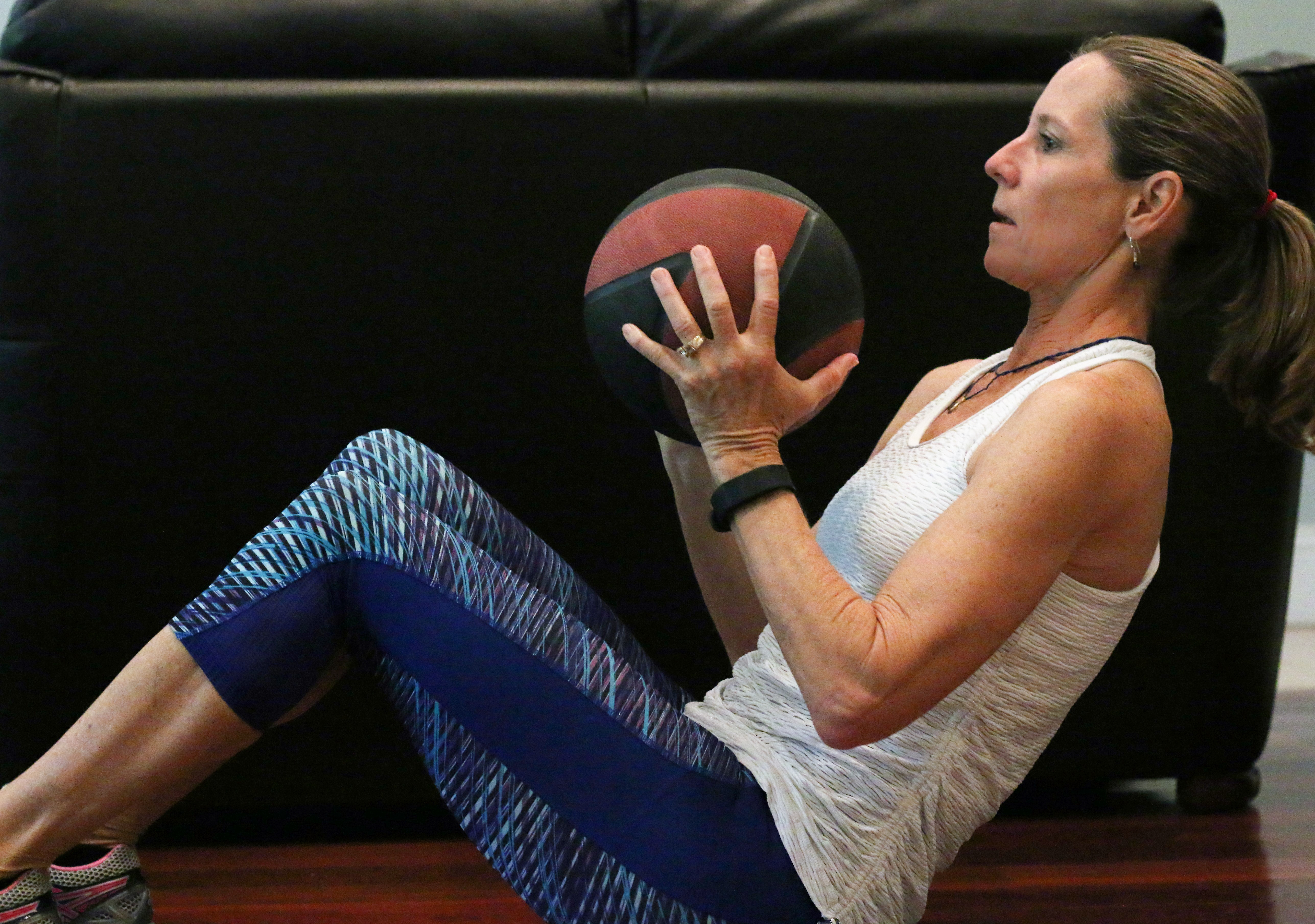
Core strength isn’t just about planks—it’s about how your body moves through space. A light medicine ball (2–6 pounds) opens the door to rotational strength, coordination, and explosive movement that supports daily life. Try standing twists, overhead slams (low impact), or seated throws against a wall. These dynamic movements improve power, balance, and reflexes—especially valuable as you age. Keep the ball light, the movements controlled, and the reps short. This habit doesn’t just build abs—it builds resilience for everyday motions like reaching, twisting, and catching yourself if you stumble.
46. Practice “Stand Tall” Posture Checks Hourly

Aging often brings rounded shoulders and forward head posture—but you can fight it one hour at a time. Set a timer or link the habit to daily cues (like getting water or checking your phone). When it dings, pause and align: feet grounded, hips neutral, shoulders rolled back, chin tucked. This two-second posture reset re-engages your upper back and core while relieving tension from slumping. Over time, it re-trains your default stance, builds muscular endurance, and restores the upright confidence that aging tends to steal. Small act, major impact—because posture is strength made visible.
47. The “Lunge and Reach” for Hip Mobility
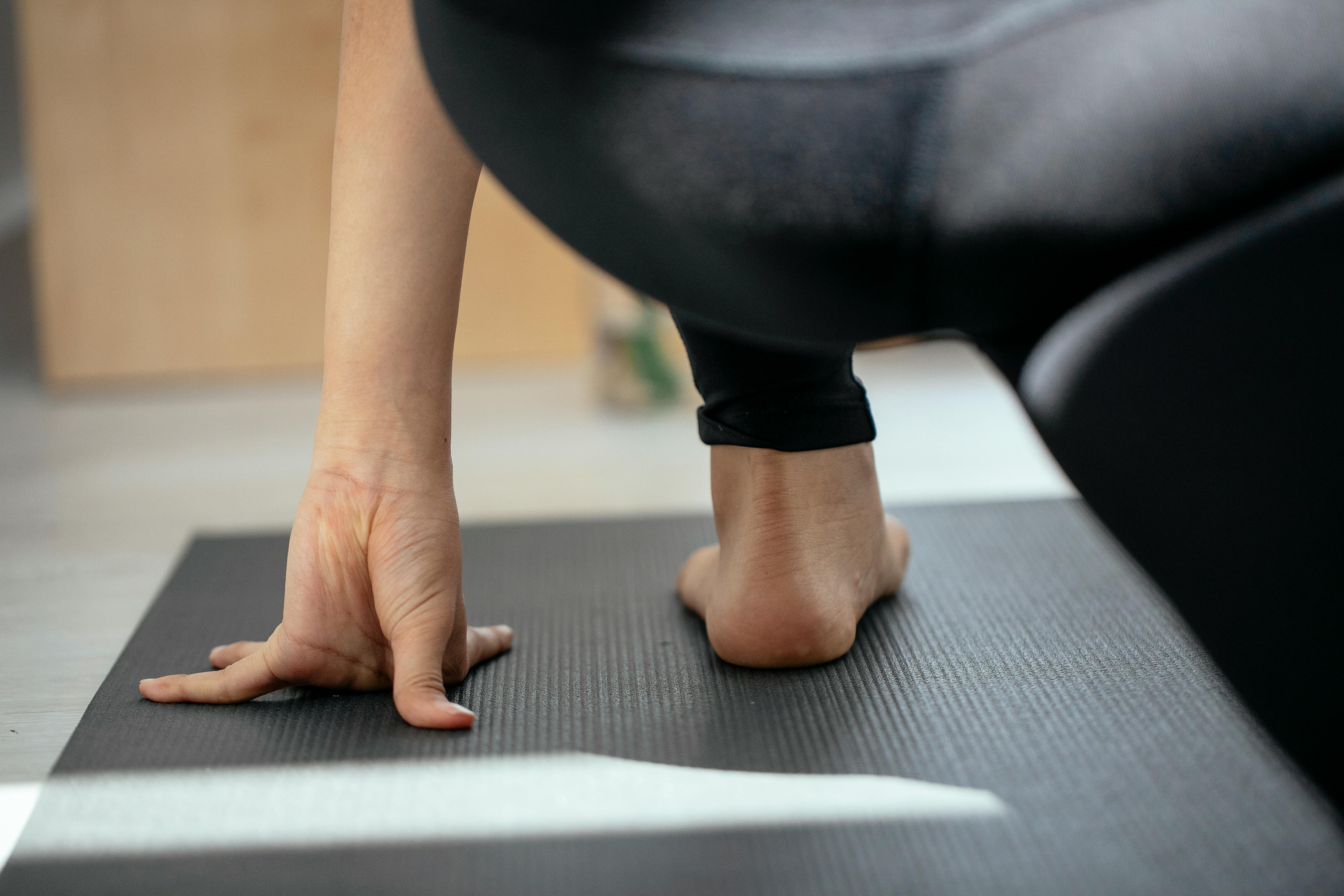
As we age, hip flexibility is one of the first things to decline, impacting everything from walking to getting in and out of a car. The "lunge and reach" is a simple, no-equipment micro-habit that can restore this crucial mobility. From a standing position, take a small step forward, bend both knees, and gently lunge down. As you do, reach your opposite arm up and over to the side. This combines a gentle lunge with a rotational stretch, opening up your hips, thoracic spine, and groin. Aim for 5 to 10 reps per side each day to lubricate your joints, improve balance, and make everyday movements feel smoother.
48. The “Carrying Load” Reset

Think about the way you carry things every day—a laptop bag, groceries, or a purse. This asymmetrical loading can lead to imbalances and poor posture over time. The "carrying load" reset is a quick habit to counteract this. After carrying a bag on one side for a while, stop and deliberately switch it to the other side. This simple act engages your core, shoulders, and back in a different way, reinforcing balance and symmetrical strength. It also makes you more mindful of your body’s alignment, preventing the chronic strain that can build up from one-sided habits.
49. The “Active Commute” Micro-Habit

Your daily commute is a perfect opportunity for a strength-building micro-habit. Instead of passively sitting, try engaging your muscles. If you're on a bus or train, subtly tense and release your glutes and quads. If you're walking, focus on a tall posture and push off deliberately with each foot. You can even practice holding your core tight for a few seconds at a time at red lights if you're in a car. These small, intentional activations build muscle endurance and awareness without changing your schedule, turning idle time into an investment in your long-term strength.
50. The "Stair Sprints" for Power
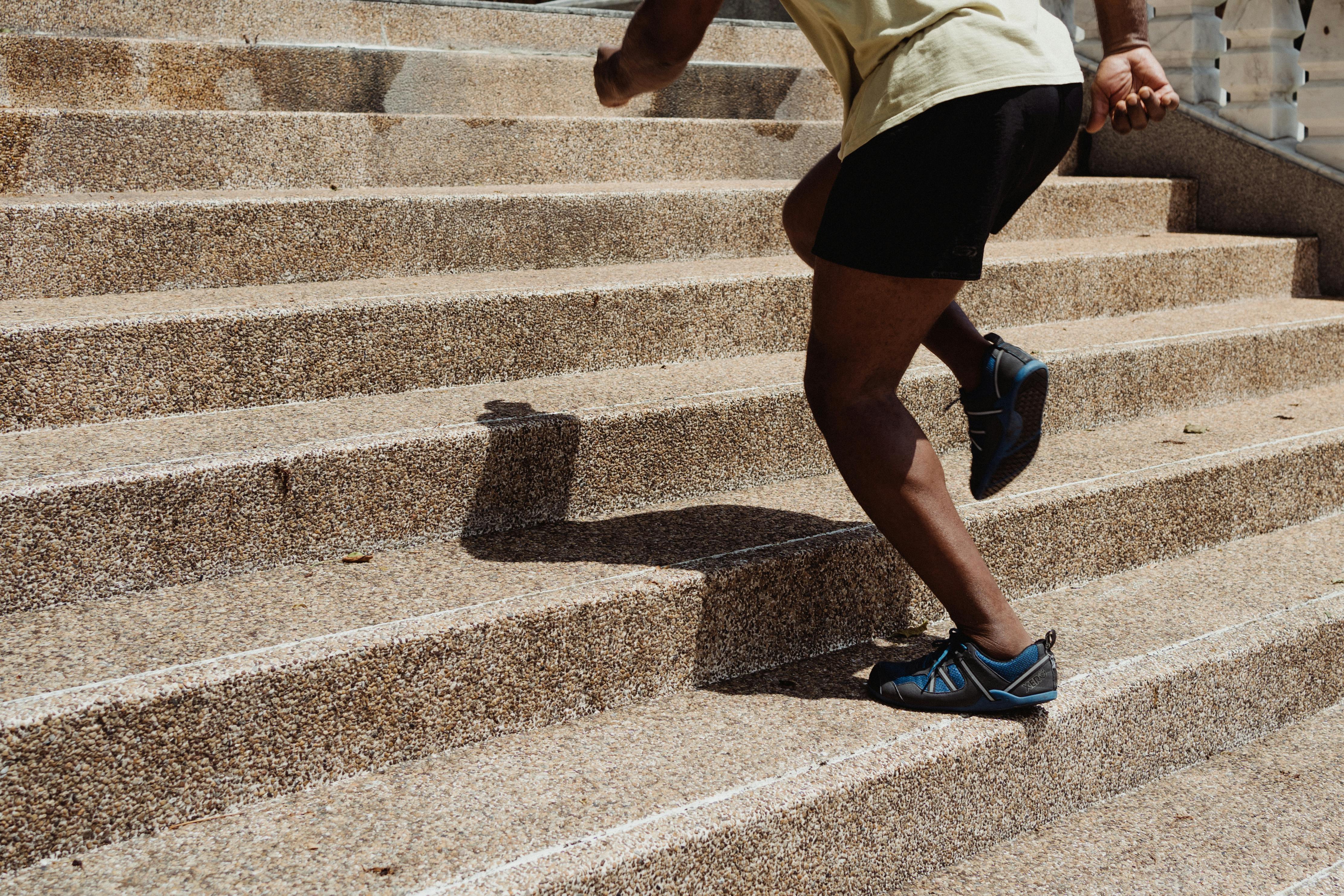
While walking stairs is great, adding a short, sharp burst of speed to your climb builds a different kind of strength: power. As we age, our fast-twitch muscle fibers—responsible for quick movements and reflexes—are the first to go. A quick "stair sprint"—a sudden, brief acceleration up a flight of stairs—can help preserve this power. This habit improves your reflex time, strengthens your core, and boosts your cardiovascular health. It doesn't need to be a long workout; a single, short sprint a few times a week can make a visible difference in your agility and resilience.
51. The "Wall Squat" for Knee Health
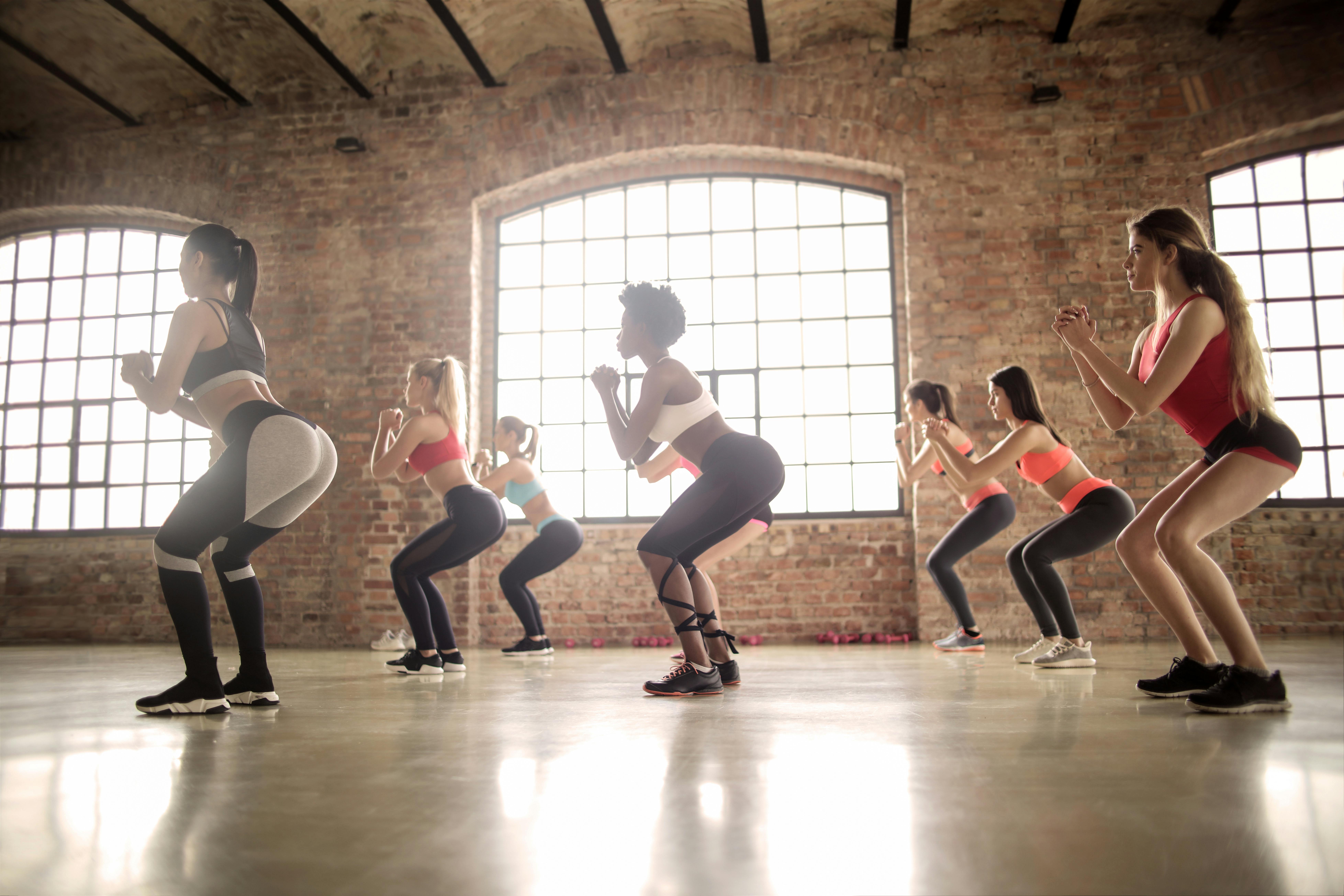
The wall squat is a simple, effective exercise that builds lower-body strength and protects your knees by removing the stress of full body weight. Stand with your back flat against a wall, and slowly slide down until your knees are bent at a 90-degree angle, as if you’re sitting in an invisible chair. Hold this position for 20 to 30 seconds. This isometric hold builds remarkable strength in your quads, glutes, and core without joint impact. It’s an ideal habit for strengthening the muscles that support your knees, helping you maintain stability and pain-free movement for years to come.
Strength That Lasts: Age Boldly, Move Freely

Aging well isn’t about defying time—it’s about partnering with it. Whether it’s carrying your own groceries, dancing in the kitchen, or getting up off the floor with ease, strength over 50 is freedom. It’s the quiet confidence that comes from knowing your body can still meet the moment—every moment. And the best part? You don’t need extreme routines or expensive gear. Just a little intention, a little consistency, and the belief that you’re worth investing in. So don’t wait for weakness to show up before you act. Start now—small, steady, smart. Because strength doesn’t retire. It evolves. And with the right habits, you’re not just adding years to your life—you’re adding power, presence, and possibility to every year that comes next. Let this be the beginning.